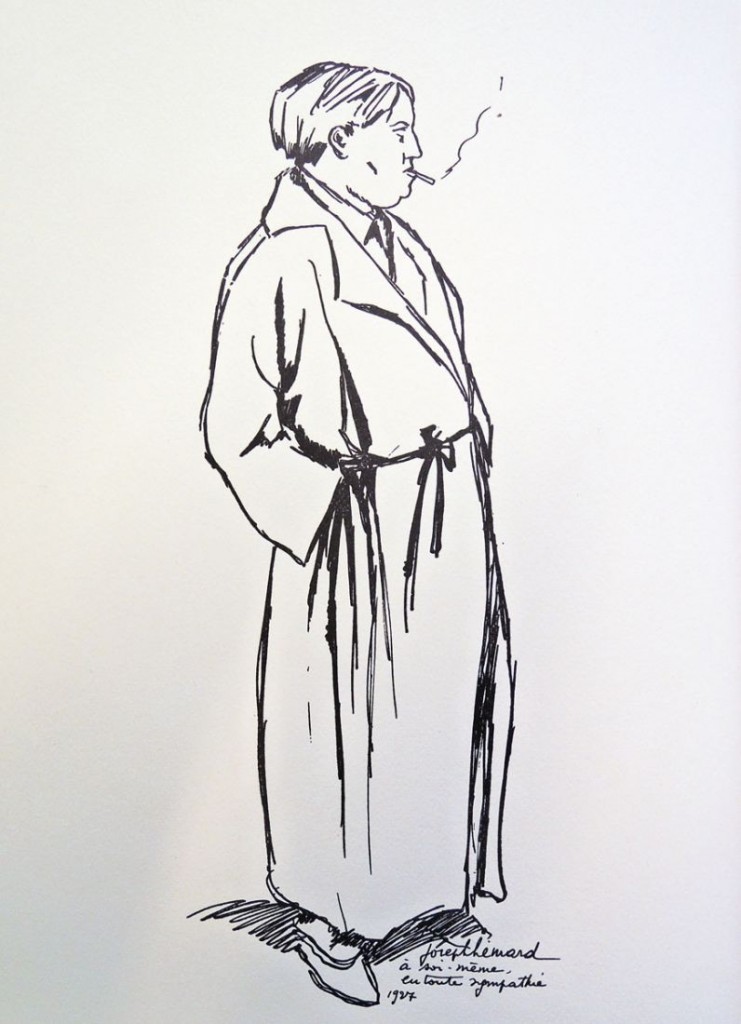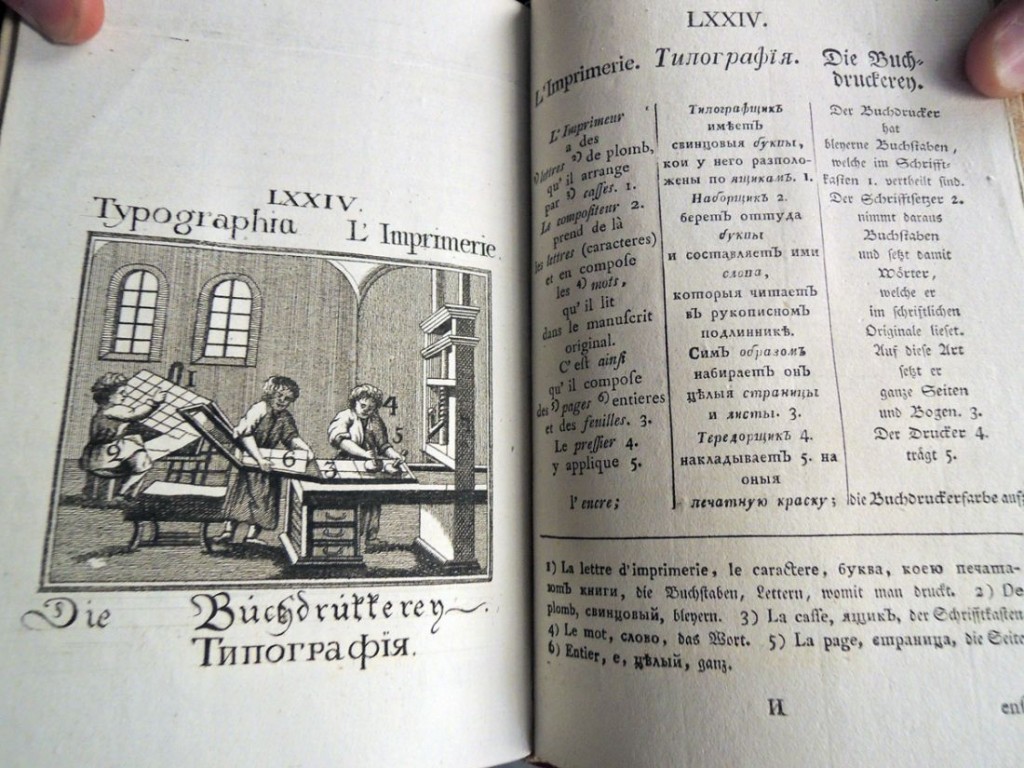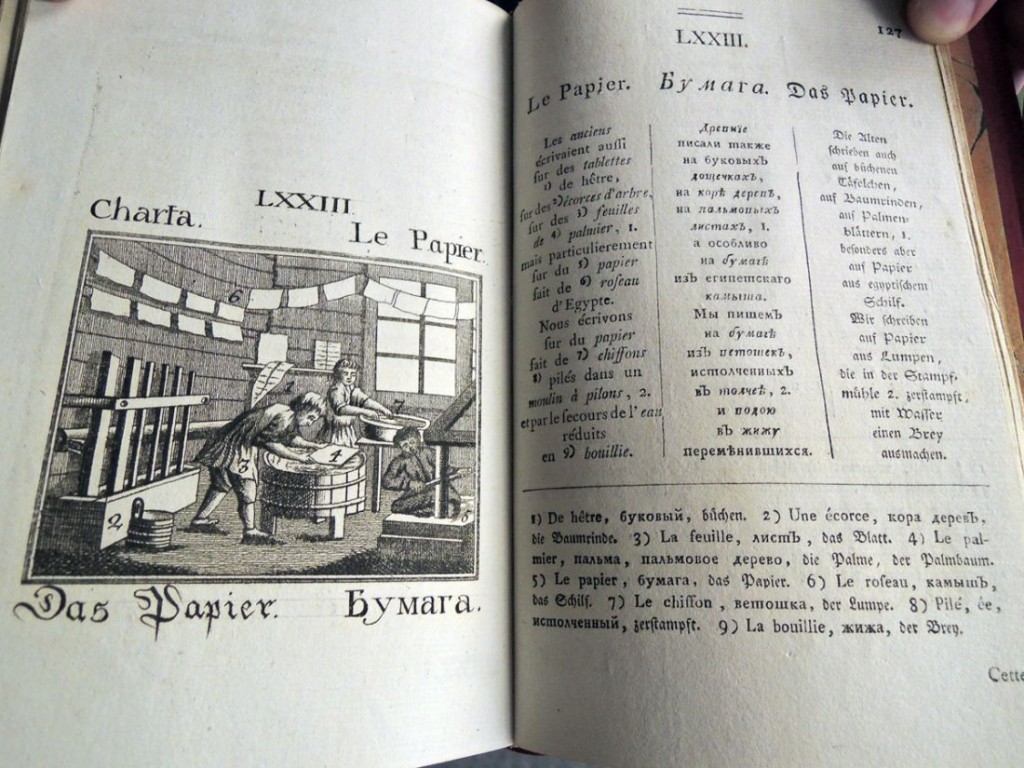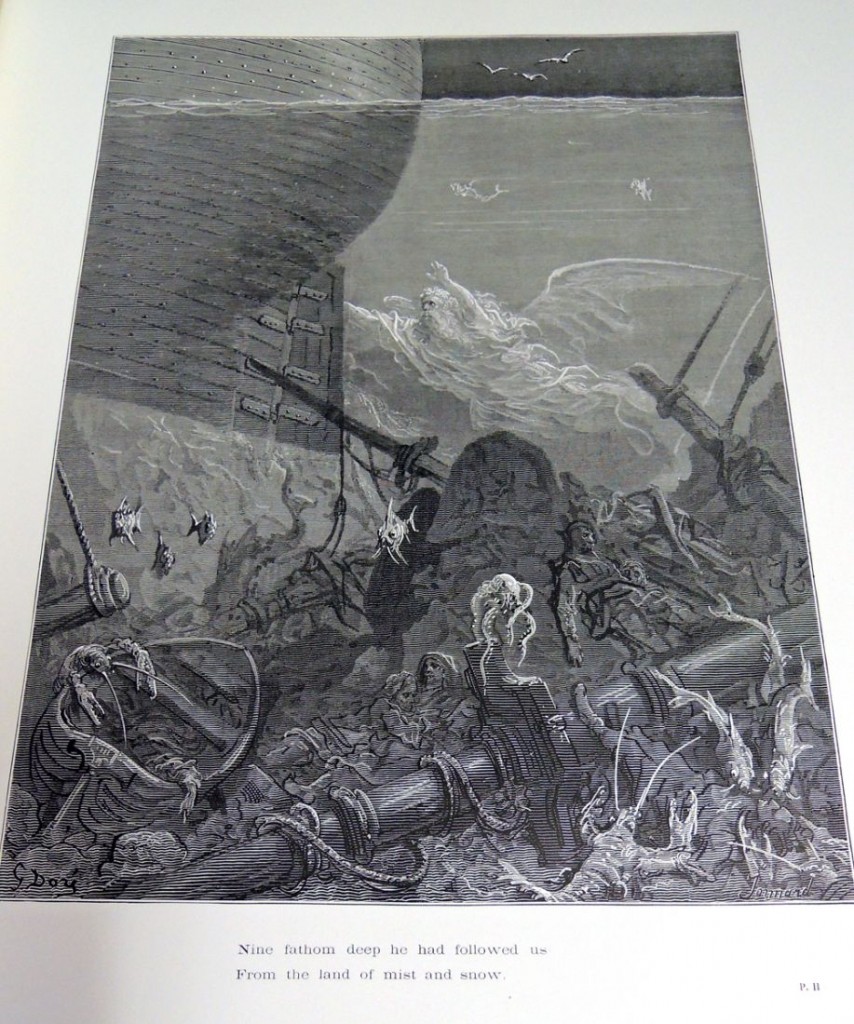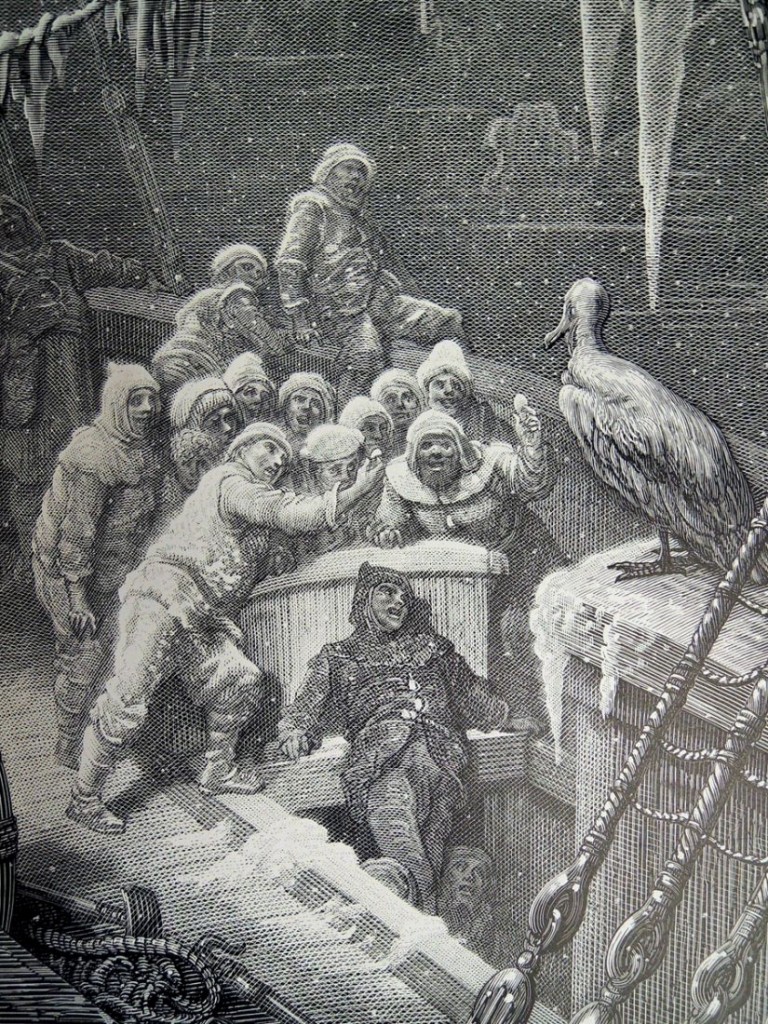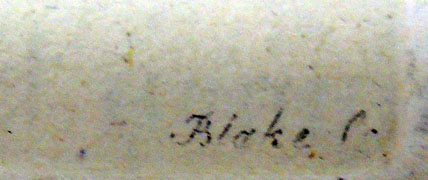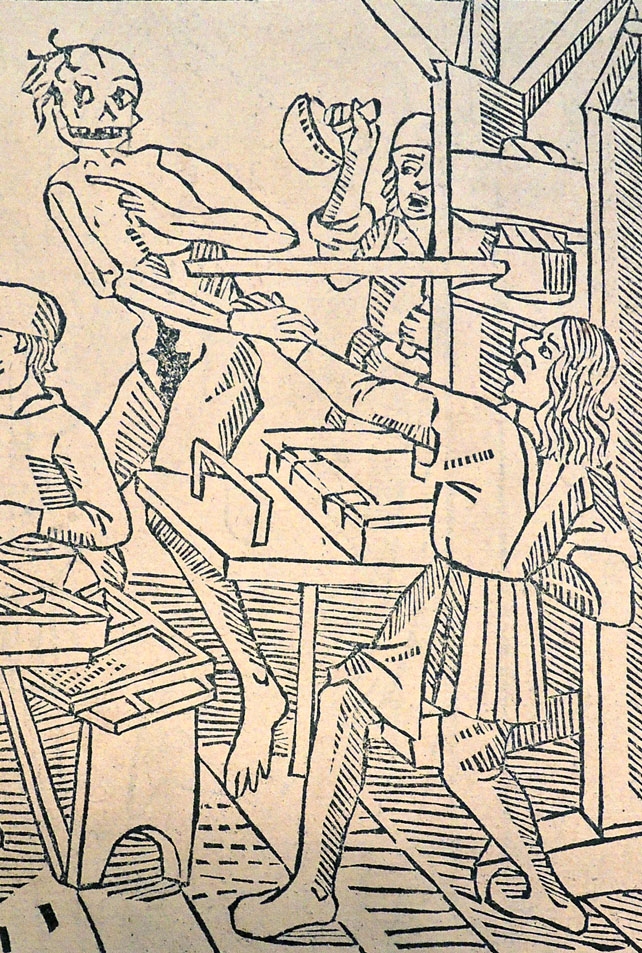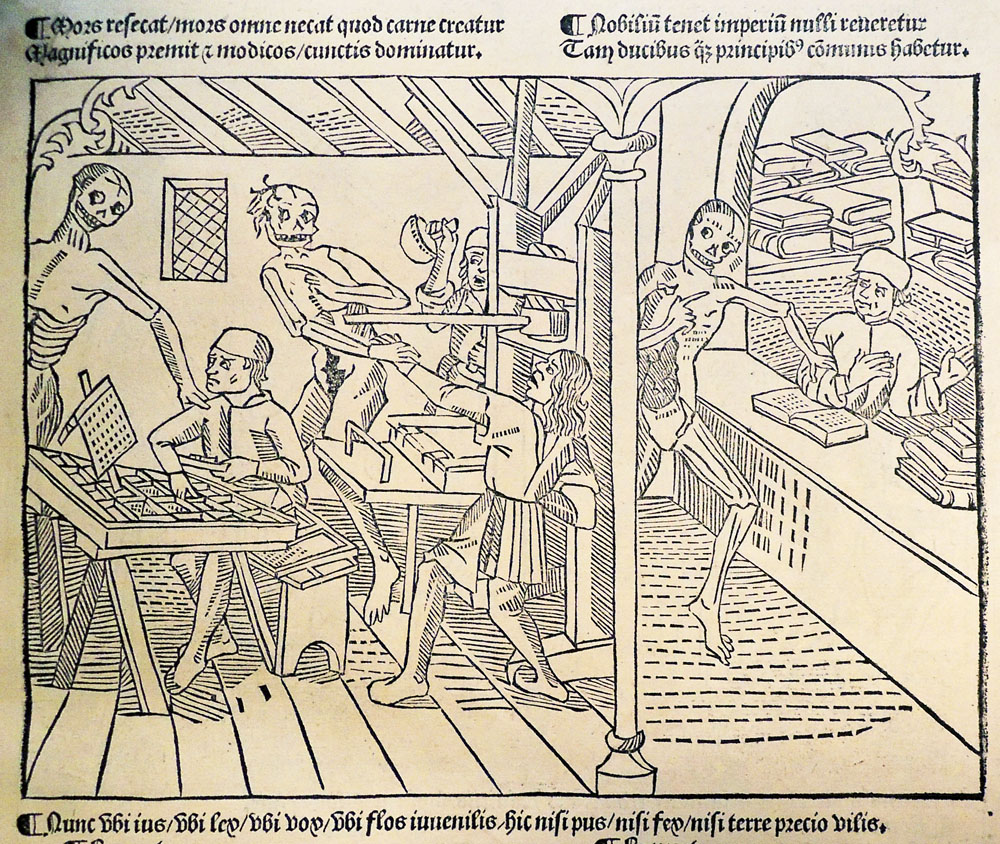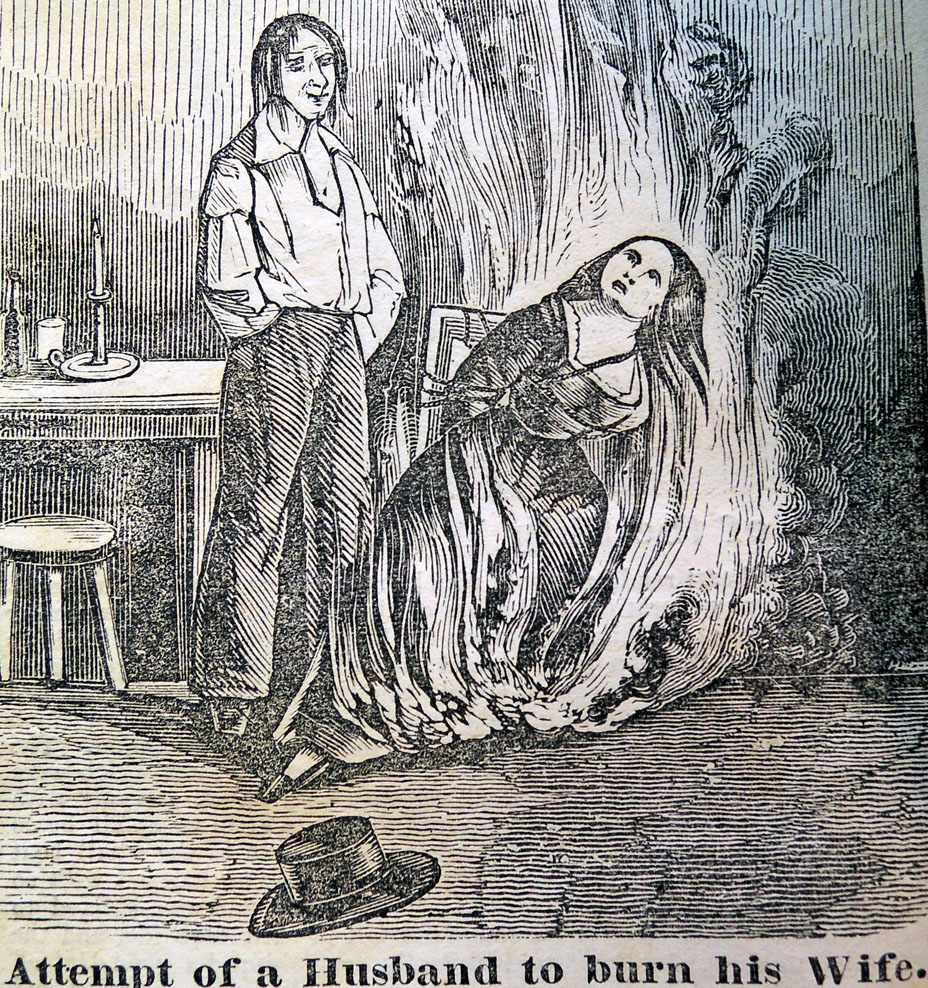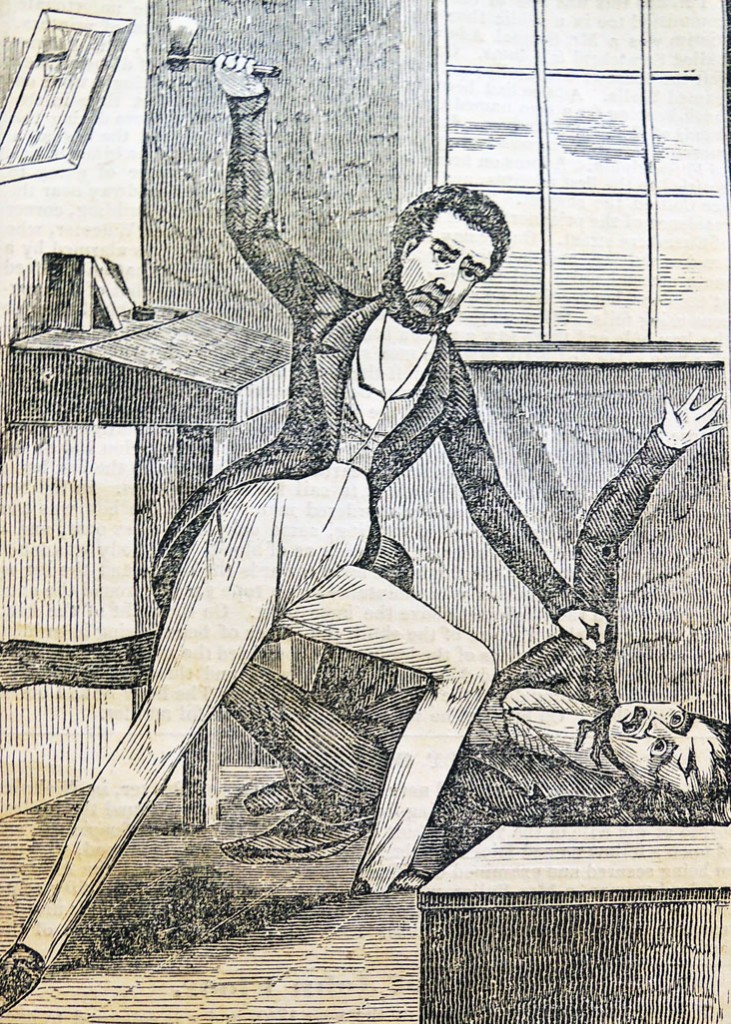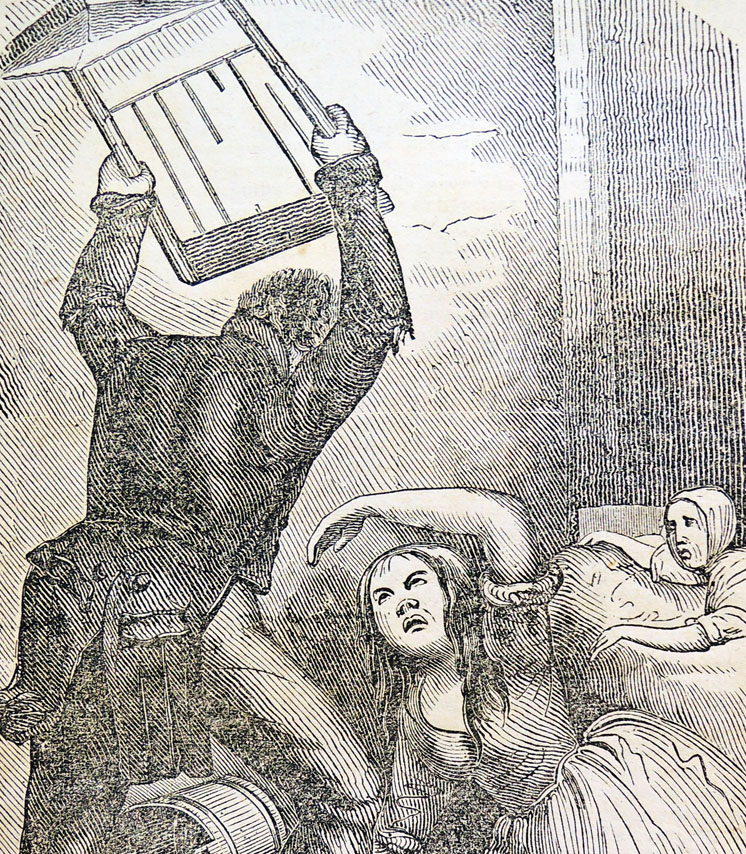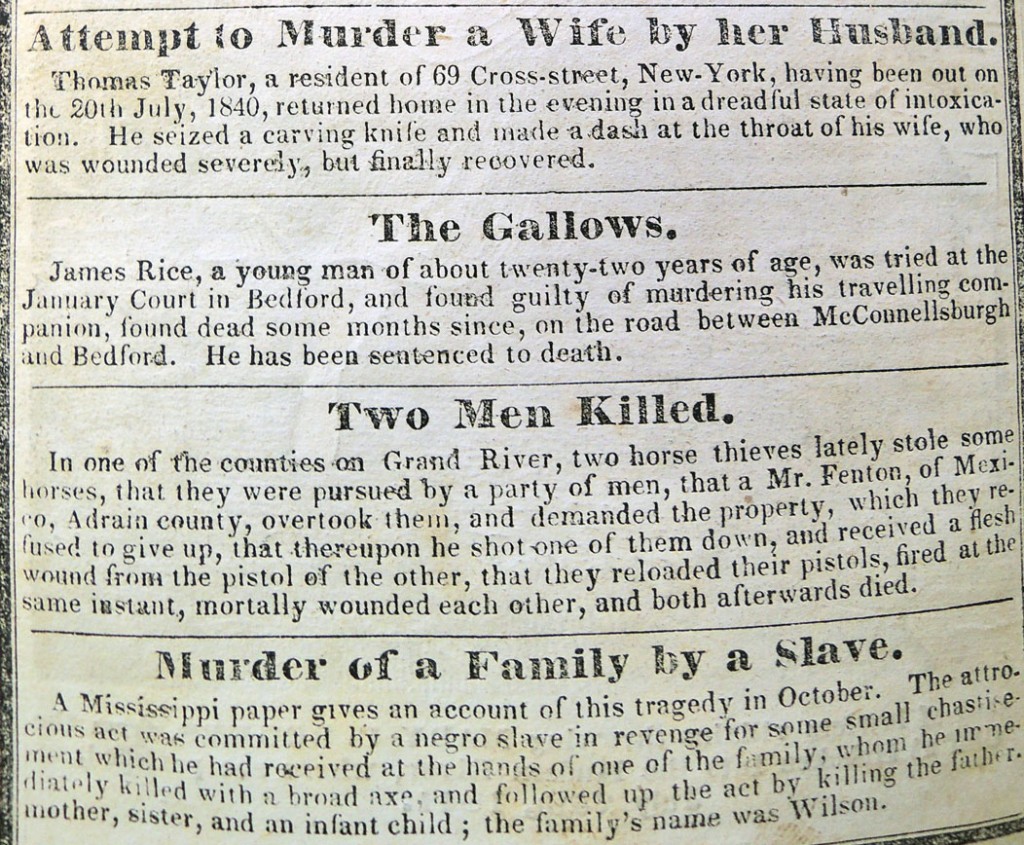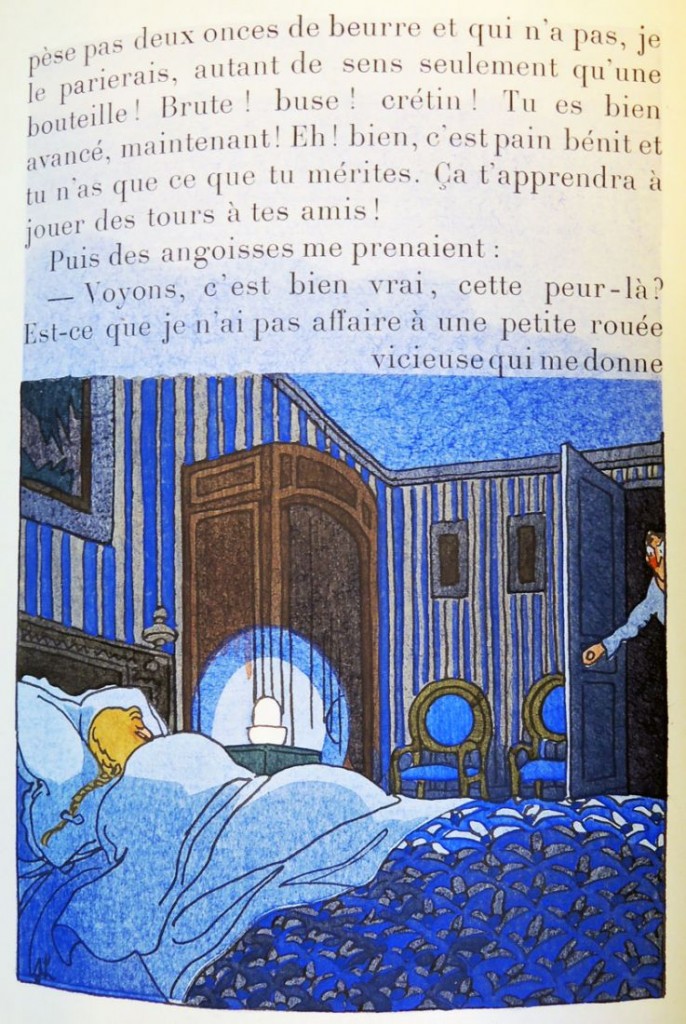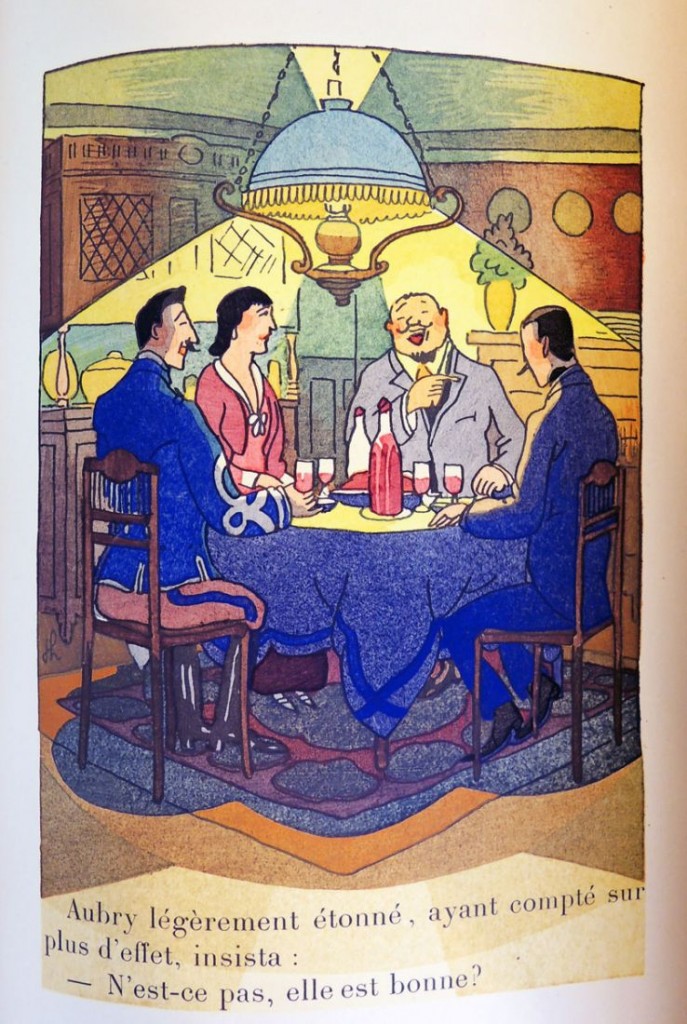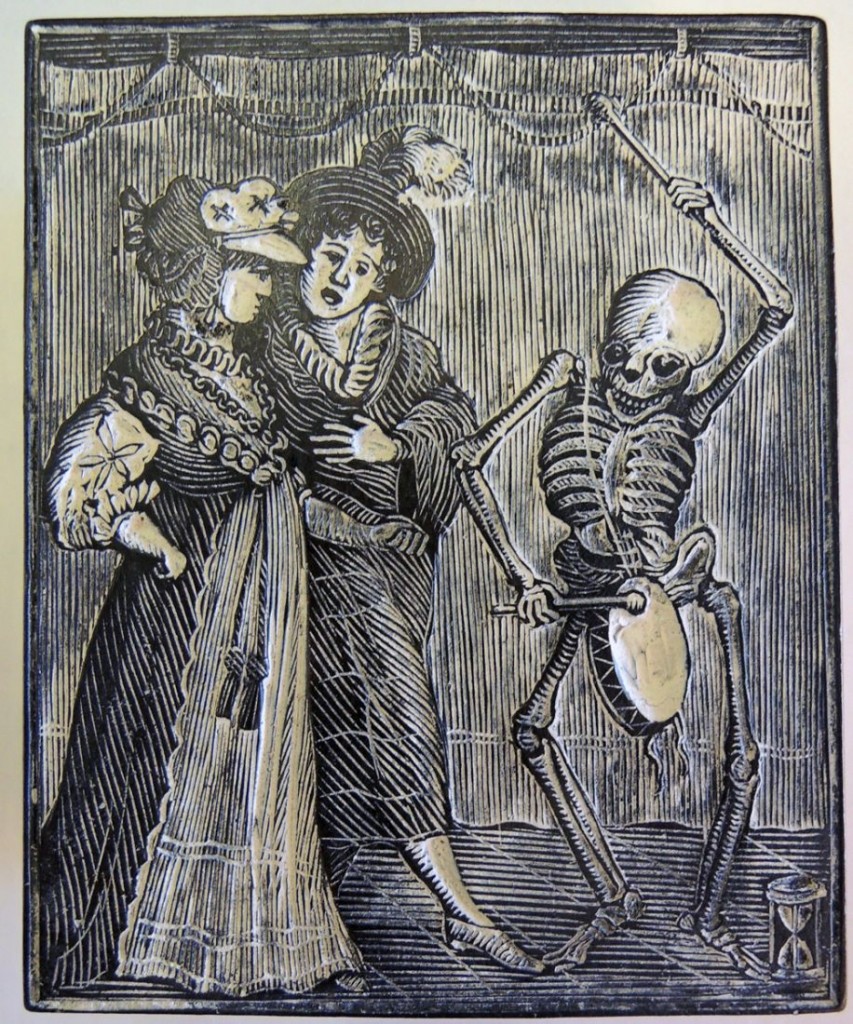 recto
recto
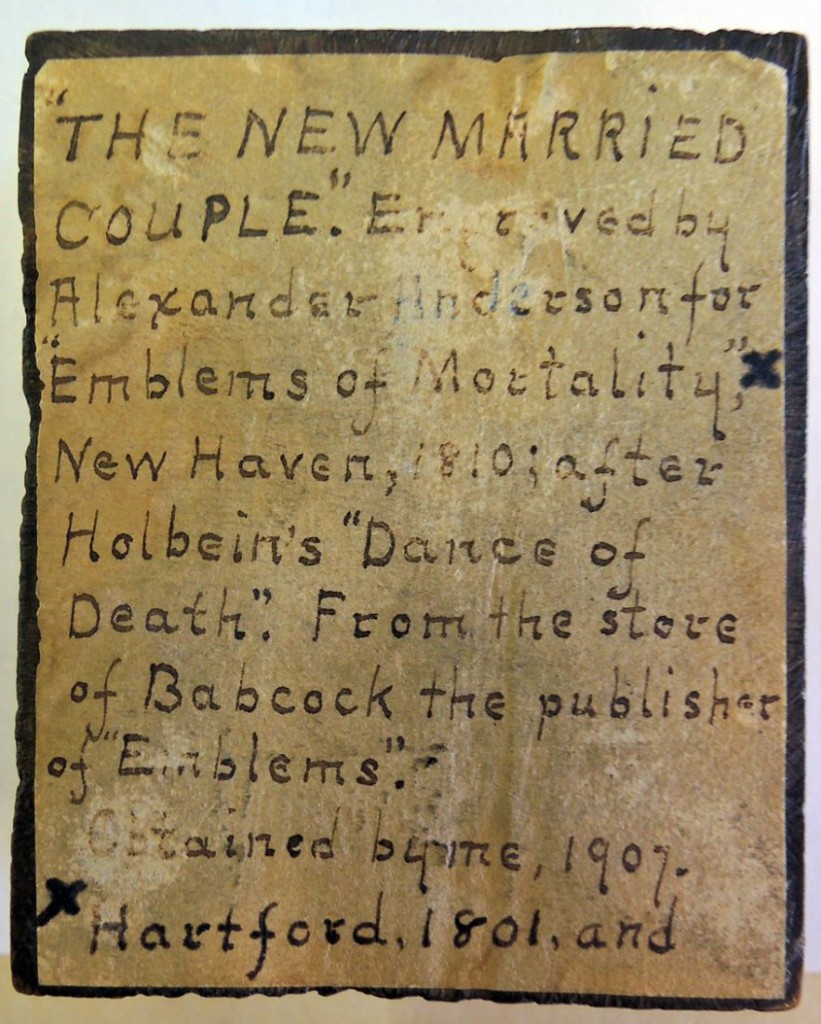 verso, date should be 1801
verso, date should be 1801
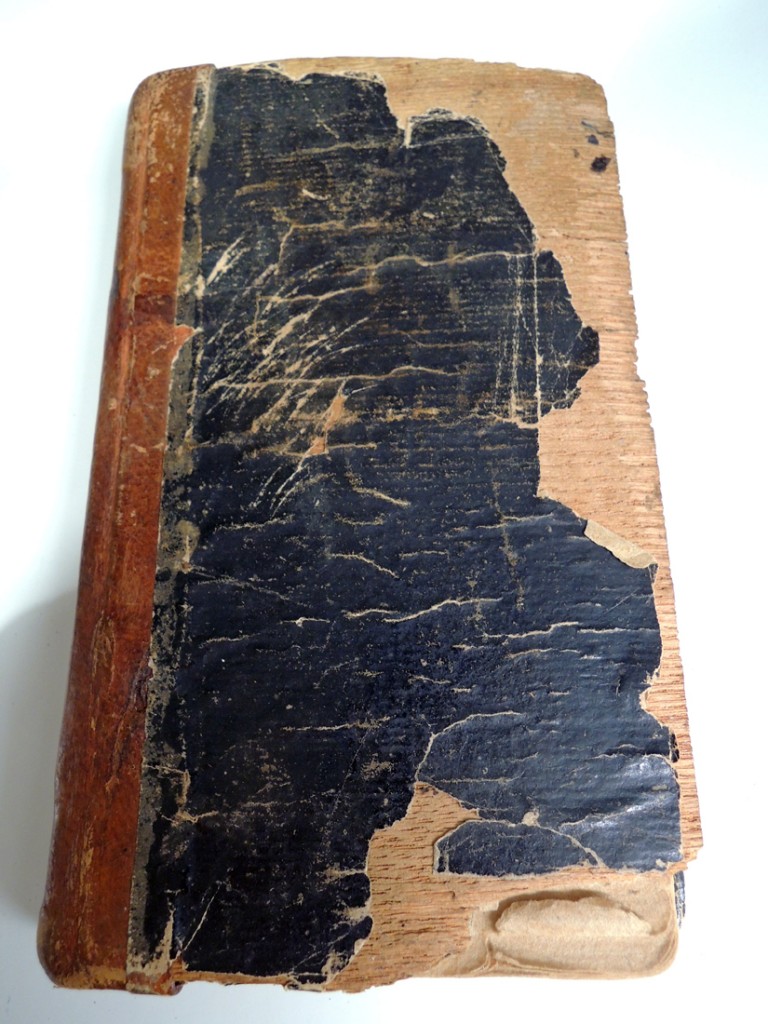 cover
cover
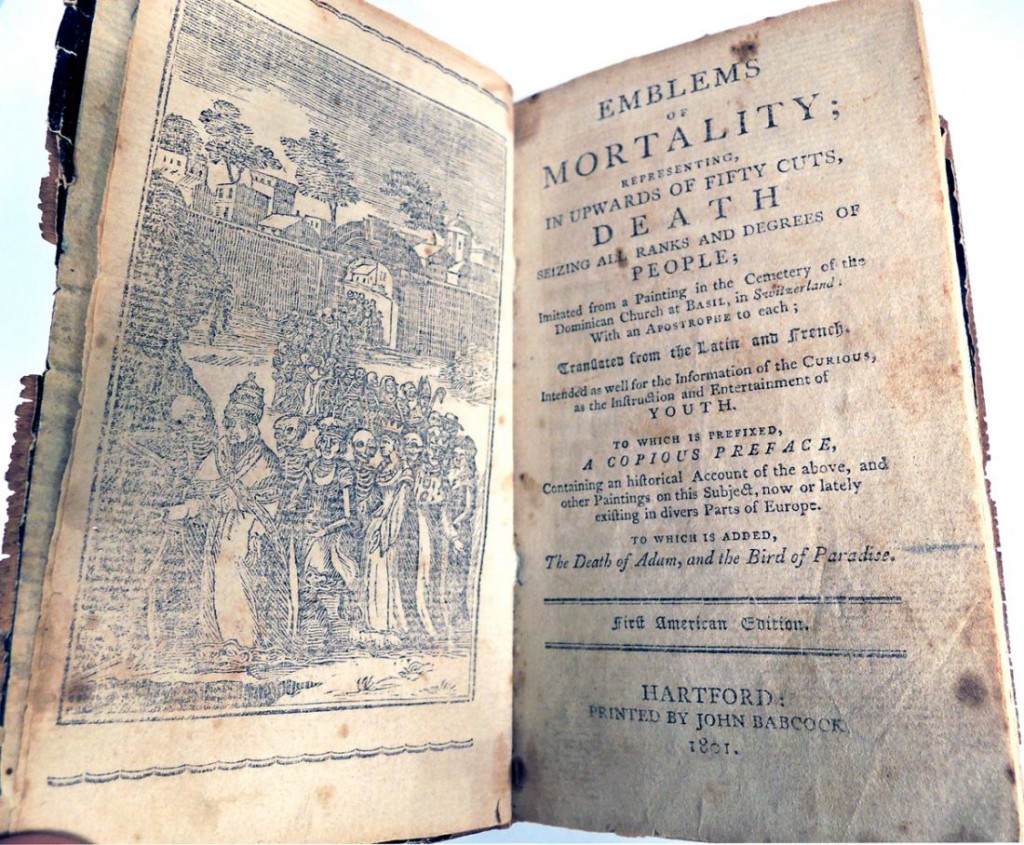 title page
title page
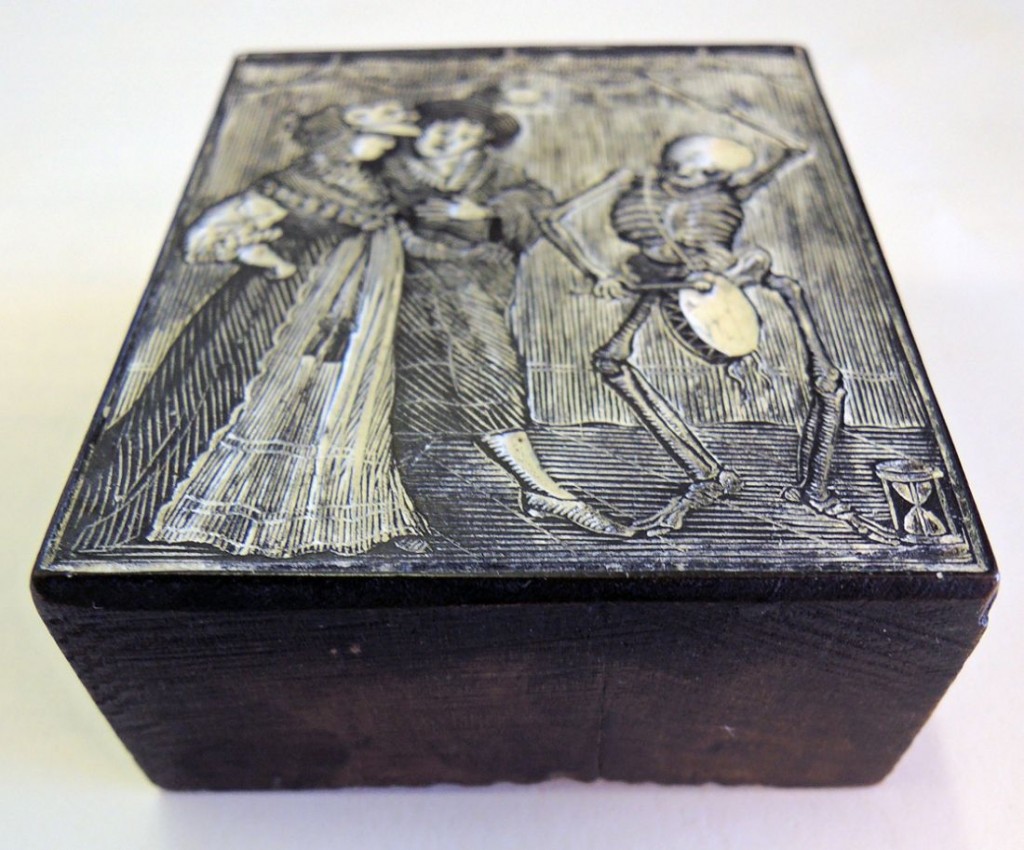
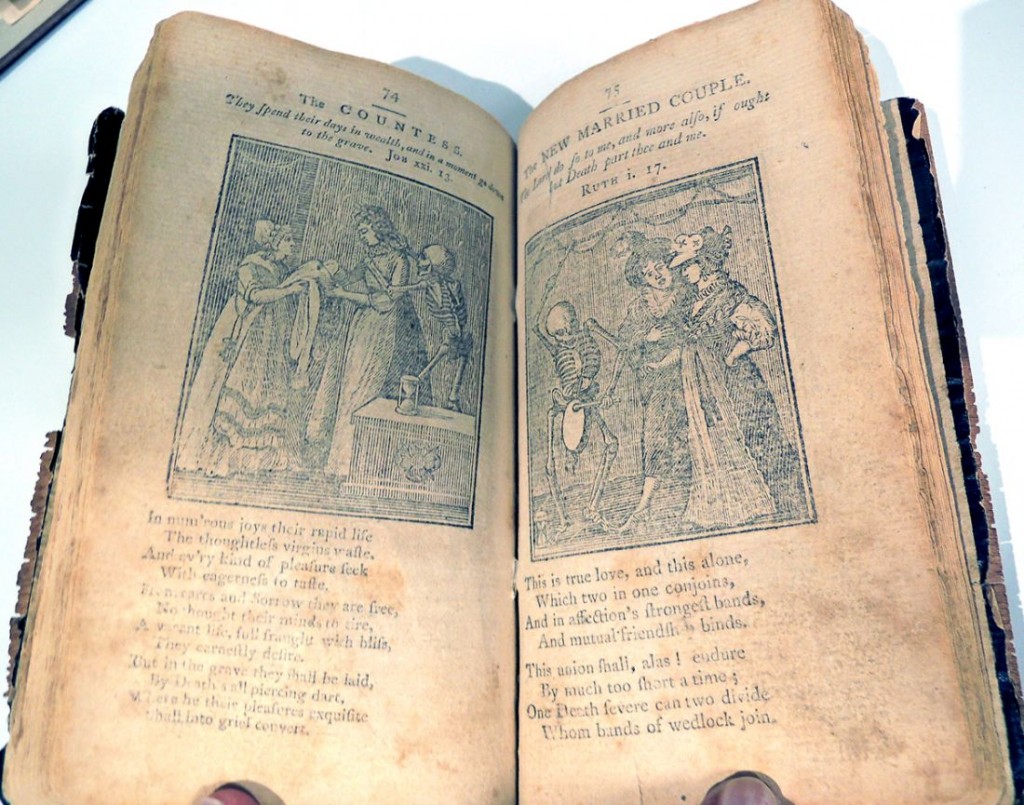
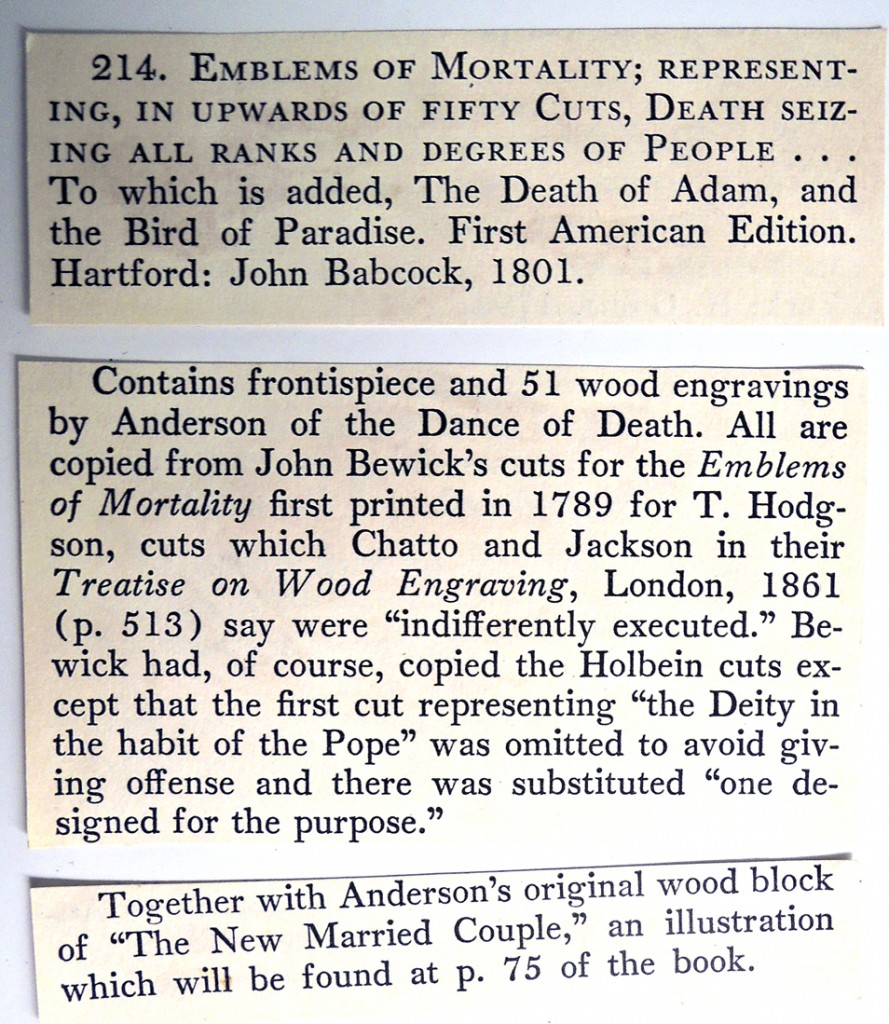 Emblems of Mortality, Representing, in Upwards of Fifty Cuts, Death Seizing All Ranks and Degrees of People … with an Apostrophe to Each Translated from the Latin and French … to Which is Prefixed a Copious Preface, Containing an Historical Account of the Above, and Other Paintings on the Subject … 1st American ed. (Hartford: Printed by John Babcock, 1801). Sinclair Hamilton Collection (GAX) Hamilton 214
Emblems of Mortality, Representing, in Upwards of Fifty Cuts, Death Seizing All Ranks and Degrees of People … with an Apostrophe to Each Translated from the Latin and French … to Which is Prefixed a Copious Preface, Containing an Historical Account of the Above, and Other Paintings on the Subject … 1st American ed. (Hartford: Printed by John Babcock, 1801). Sinclair Hamilton Collection (GAX) Hamilton 214
Category Archives: Illustrated books
Bookseller identified
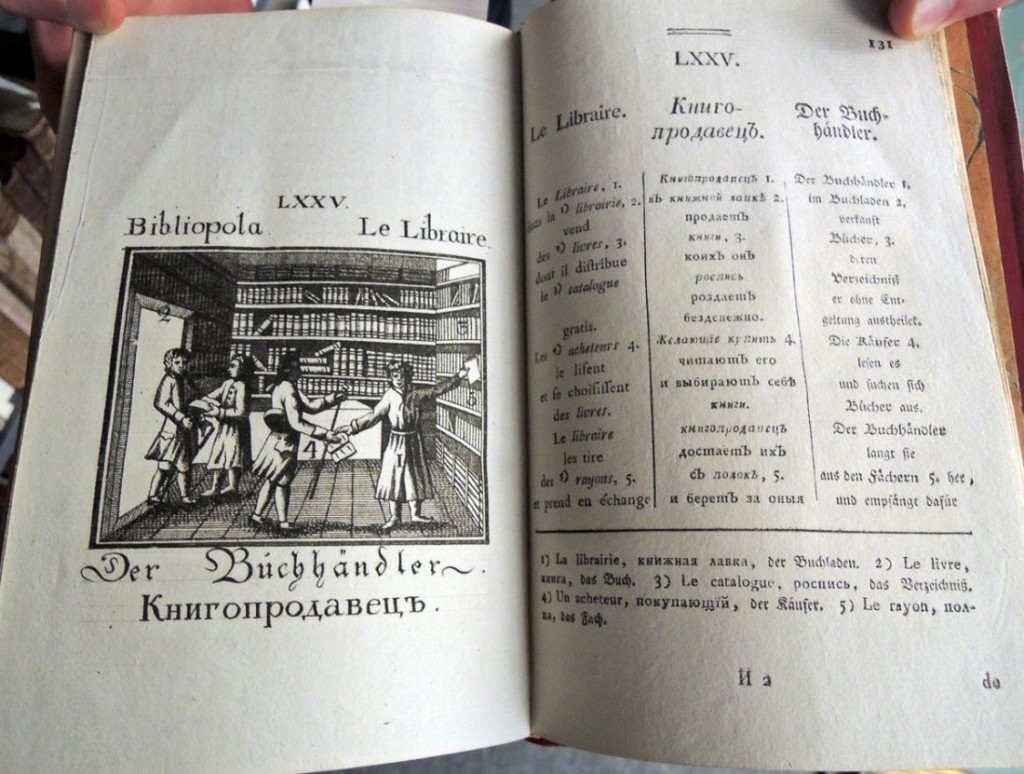 Johann Amos Comenius (1592-1670), Zrelishche vselennyia na frantsuzskom, rossiiskom u nemetskom iazykakh [Pageant of the Universe in French, Russian and German languages] (Sankt Peterburg, 1788). [8] 142 p., LXXX engr. pl. 20 cm. Cotsen Children’s Library (CTSN) European 18 115
Johann Amos Comenius (1592-1670), Zrelishche vselennyia na frantsuzskom, rossiiskom u nemetskom iazykakh [Pageant of the Universe in French, Russian and German languages] (Sankt Peterburg, 1788). [8] 142 p., LXXX engr. pl. 20 cm. Cotsen Children’s Library (CTSN) European 18 115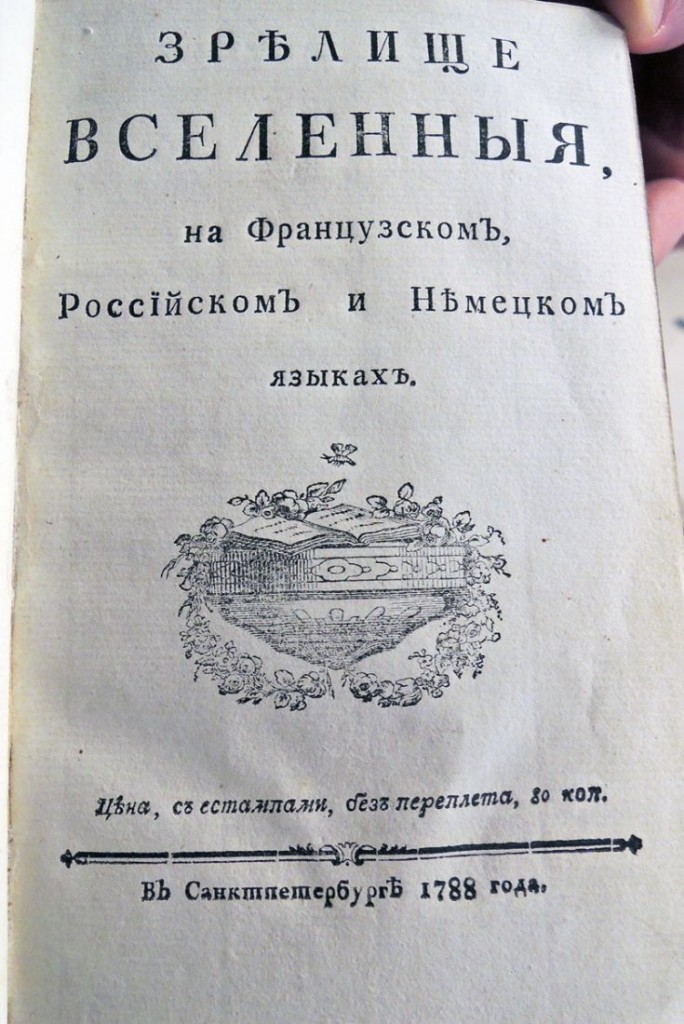
Thank you so much to Claudia Dias, John Overholt, Gabriel Swift, and Ian Dooley, who helped with the identification of the unattached bookseller who has been drifting through the Graphic Arts Collection. The plate appears to be from the 1788 Russian adaptation of the Orbis Pictus or Orbis Sensualium Pictus (Visible World in Pictures also called the Pageant of the Universe), a textbook for children first published by Czech educator Johann Amos Comenius in 1658. Happily the plate was not removed from Princeton’s copy.
There are many editions, translations, and illustrations for this textbook. Here’s an English version: Johann Amos Comenius (1592-1670), Orbis sensualium pictus… translated into English by Charles Hoole (London, J. Kirton,. 1659). Cotsen Children’s Library (CTSN) English 18 128
Here are a couple more plates:
See also: Adam Fijałkowski, Orbis pictus: świat malowany Jana Amosa Komeńskiego = Orbis pictus : die Welt in Bildern des Johann Amos Comenius (Warszawa: Uniwersytet Warszawski, 2008). Accompanies an exhibition at the Biblioteka Uniwersytecka w Warszawie and the Herder-Institut in Marburg. Firestone Library (F) LT101.C63 F55 2008
The Stage and its Stars
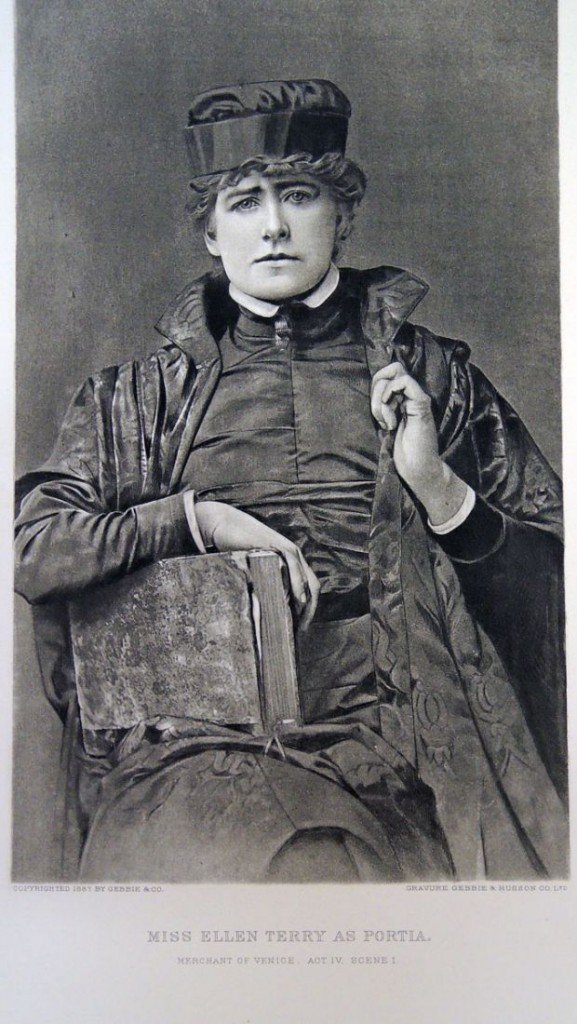 Miss Ellen Terry as Portia
Miss Ellen Terry as Portia
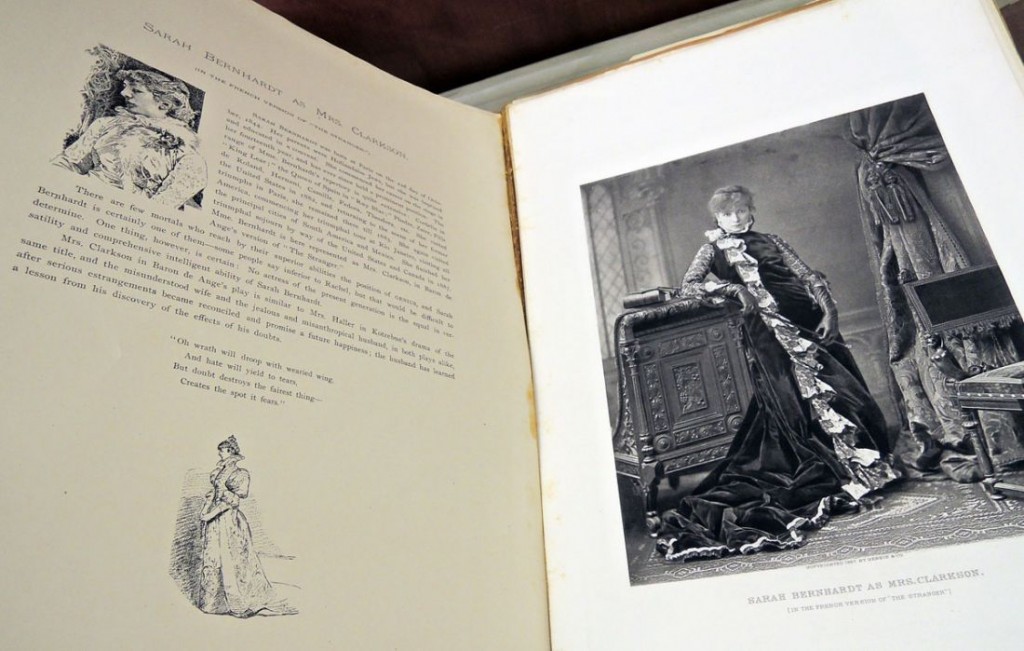 Sarah Bernhardt as Mrs. Clarkson
Sarah Bernhardt as Mrs. Clarkson
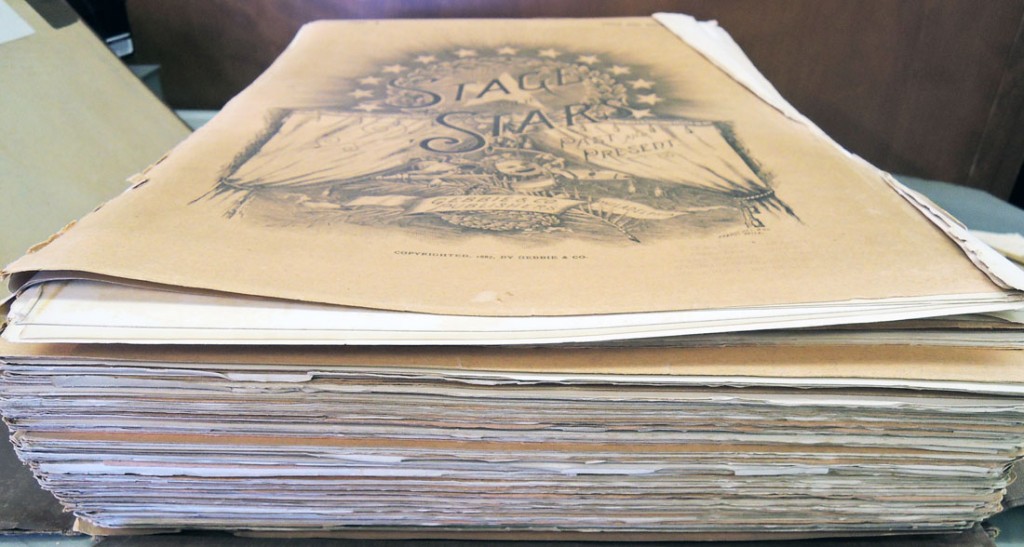 Howard Paul (1835-1905), The Stage and its Stars Past and Present: a Gallery of Dramatic Illustration and Critical Biographies of Distinguished English and American Actors from the Time of Shakespeare till Today, edited by Howard Paul and George Gebbie; [with] 128 photogravure portraits and scenes from steel plates, and over 400 portraits in the text (Philadelphia: Gebbie, 1887). 28 parts unbound. Graphic Arts Collection GAX in process
Howard Paul (1835-1905), The Stage and its Stars Past and Present: a Gallery of Dramatic Illustration and Critical Biographies of Distinguished English and American Actors from the Time of Shakespeare till Today, edited by Howard Paul and George Gebbie; [with] 128 photogravure portraits and scenes from steel plates, and over 400 portraits in the text (Philadelphia: Gebbie, 1887). 28 parts unbound. Graphic Arts Collection GAX in process
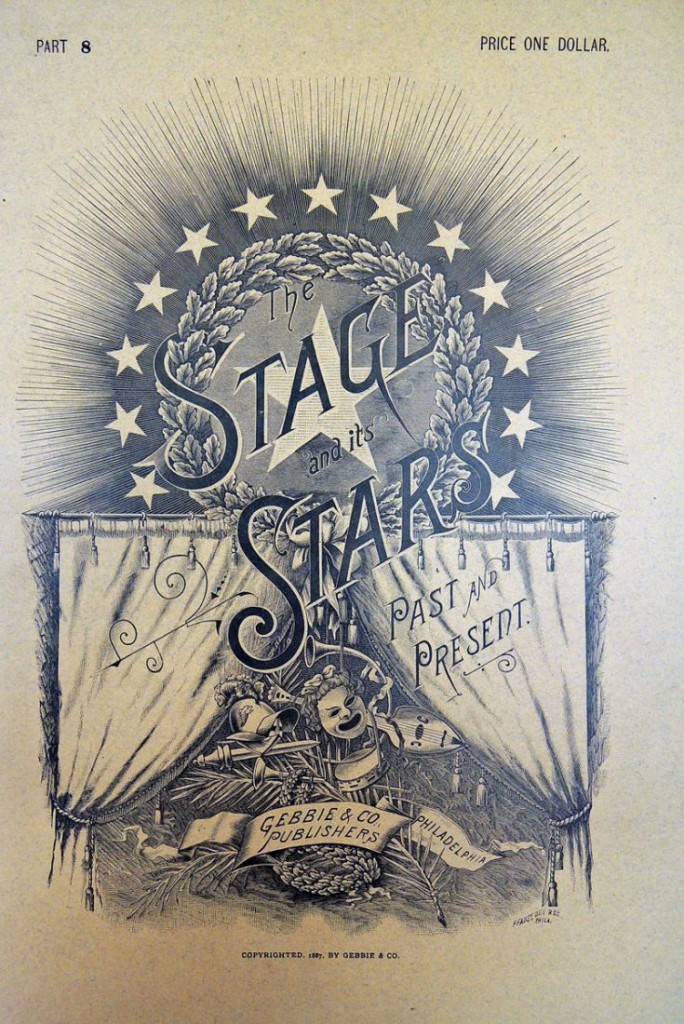
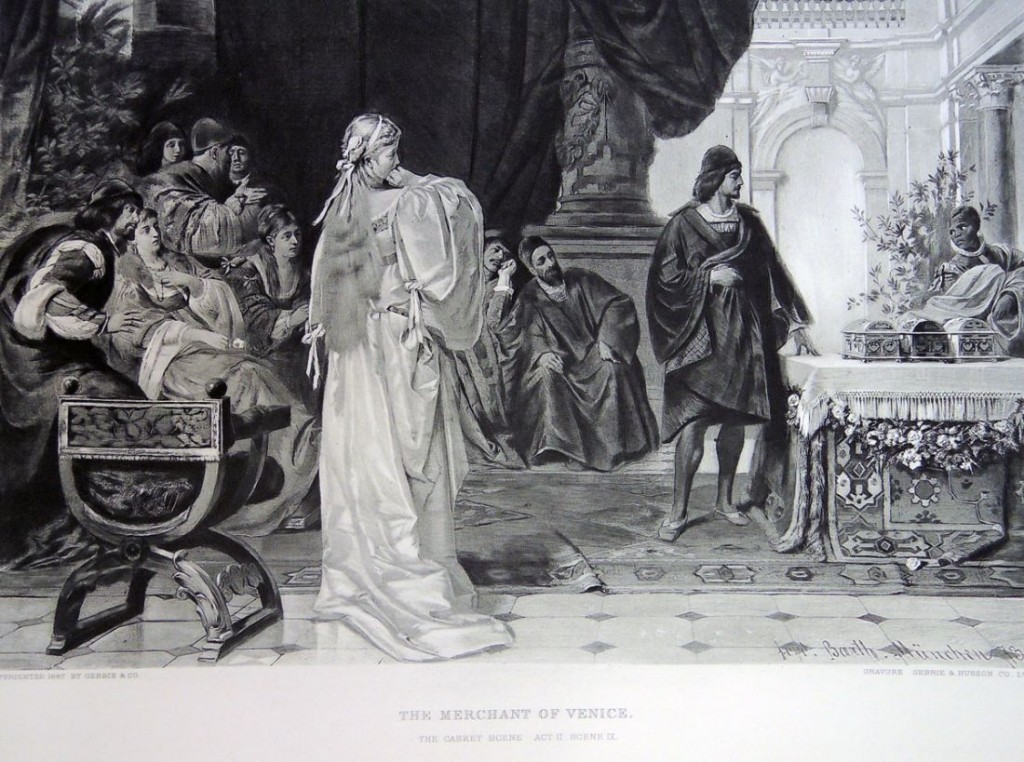 The Merchant of Venice
The Merchant of Venice
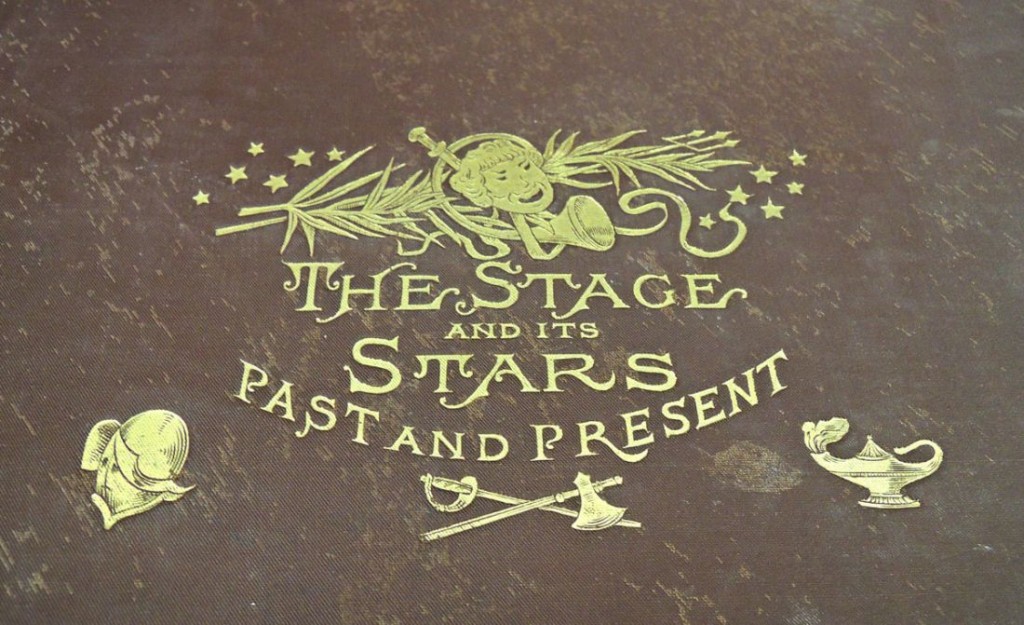
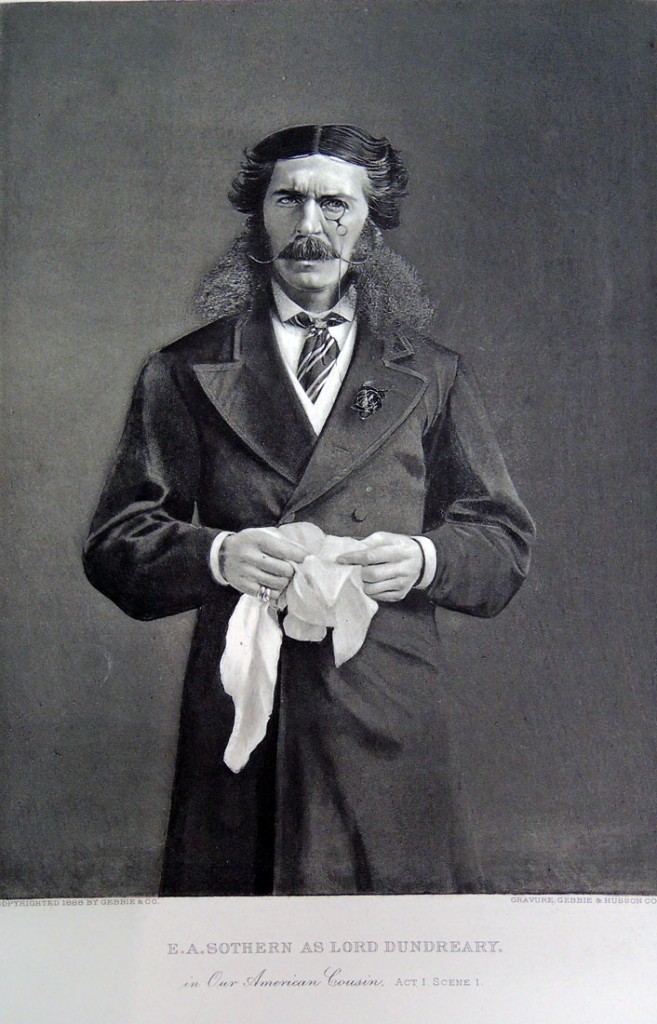 “The work will contain in all 112 steel engravings, part by etching and part by photogravure, and about 500 engravings on wood. it will be issued in twenty-eight parts at one dollar each; each part will contain 4 steel plates; each plate will be accompanied by descriptive text, and each number will contain at least 8 pages of illustrated biography of the actors and history of the Stage. One number will be issued monthly until the whole is completed. no subscriber’s name will be taken for less than the entire work. the work is payable when delivered by our agents; no cash is to be paid in advance, and no credit given. We will guarantee that the work will be in every respect equal to the samples shown by our agents, and no representation outside this statement of terms and condition will be binding on the publishers.”–prospectus
“The work will contain in all 112 steel engravings, part by etching and part by photogravure, and about 500 engravings on wood. it will be issued in twenty-eight parts at one dollar each; each part will contain 4 steel plates; each plate will be accompanied by descriptive text, and each number will contain at least 8 pages of illustrated biography of the actors and history of the Stage. One number will be issued monthly until the whole is completed. no subscriber’s name will be taken for less than the entire work. the work is payable when delivered by our agents; no cash is to be paid in advance, and no credit given. We will guarantee that the work will be in every respect equal to the samples shown by our agents, and no representation outside this statement of terms and condition will be binding on the publishers.”–prospectus
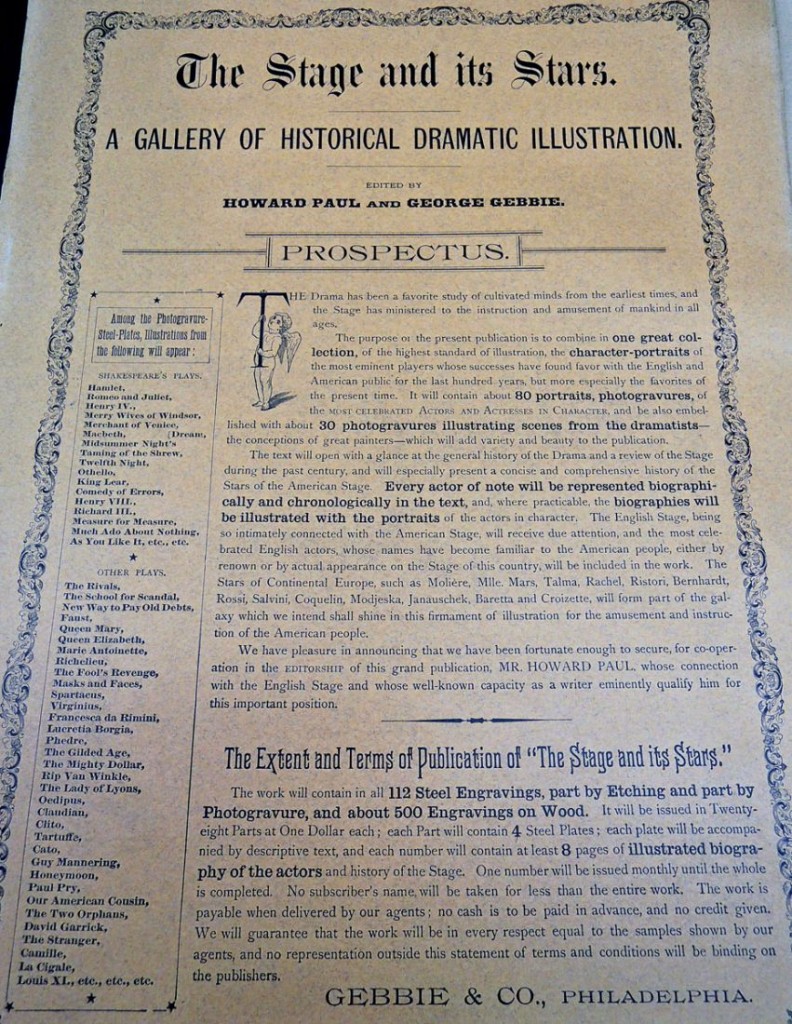
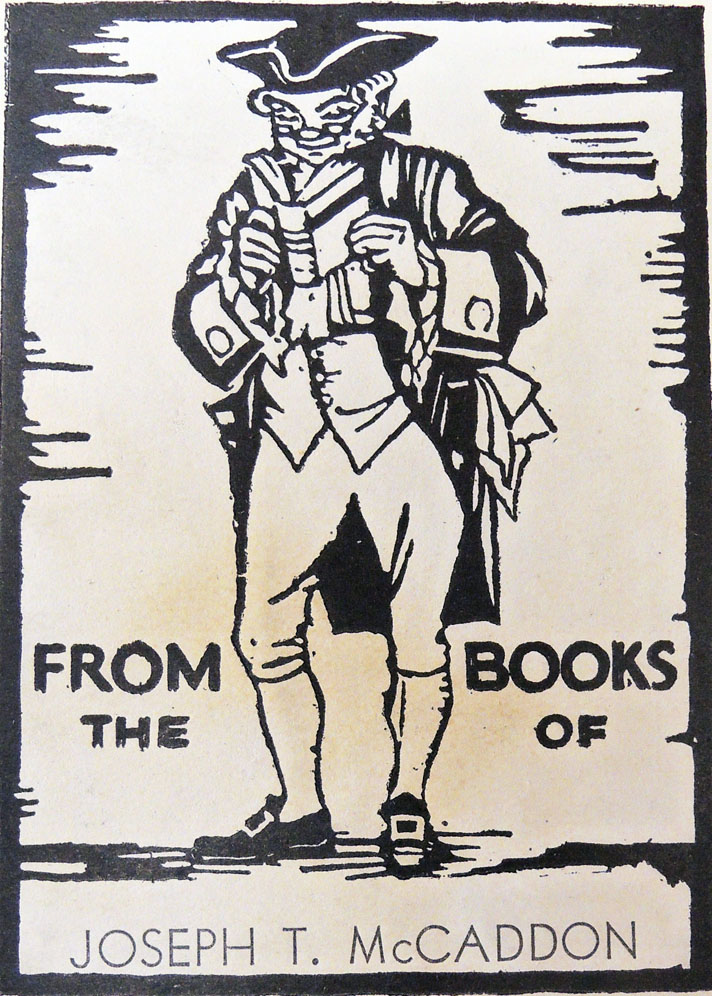
Coleridge and Doré
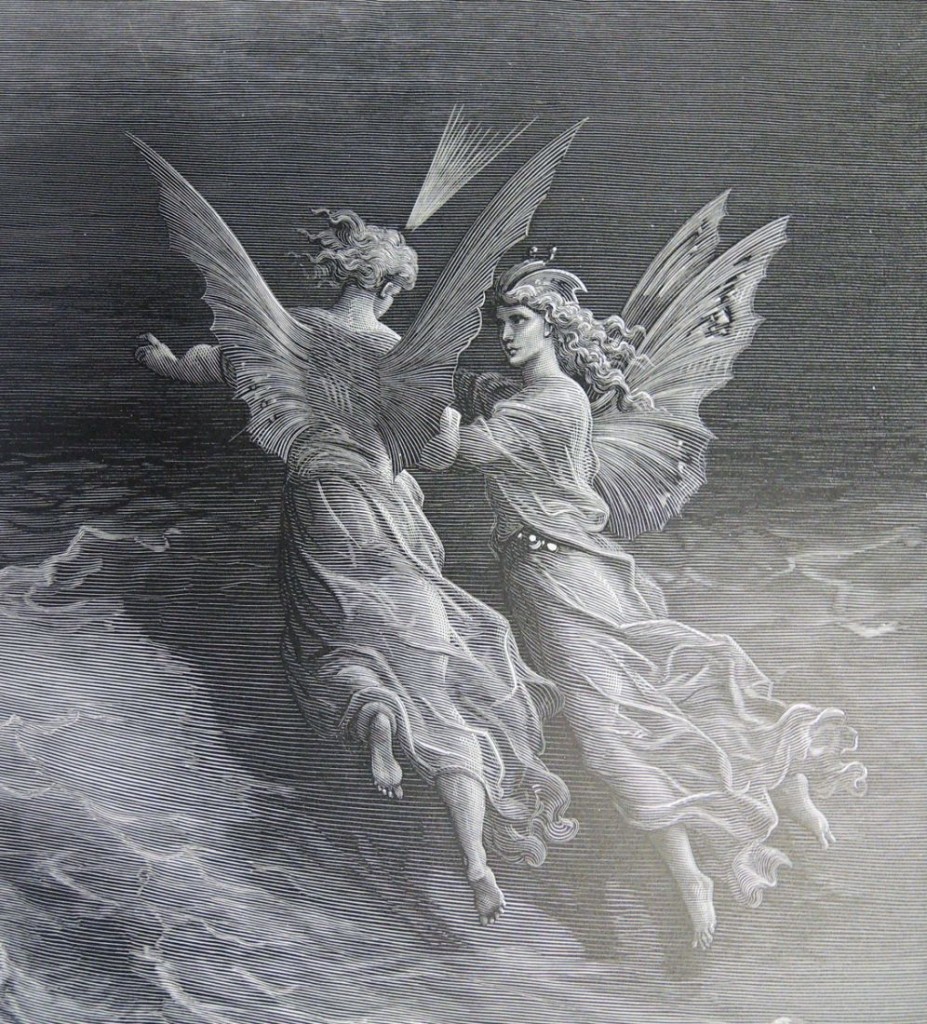 Samuel Taylor Coleridge (1772-1834), The Rime of the Ancient Mariner, illustrated by Gustave Doré (London: Doré Gallery, 1876). Graphic Arts Collection GAX Over 2006-0220F
Samuel Taylor Coleridge (1772-1834), The Rime of the Ancient Mariner, illustrated by Gustave Doré (London: Doré Gallery, 1876). Graphic Arts Collection GAX Over 2006-0220F
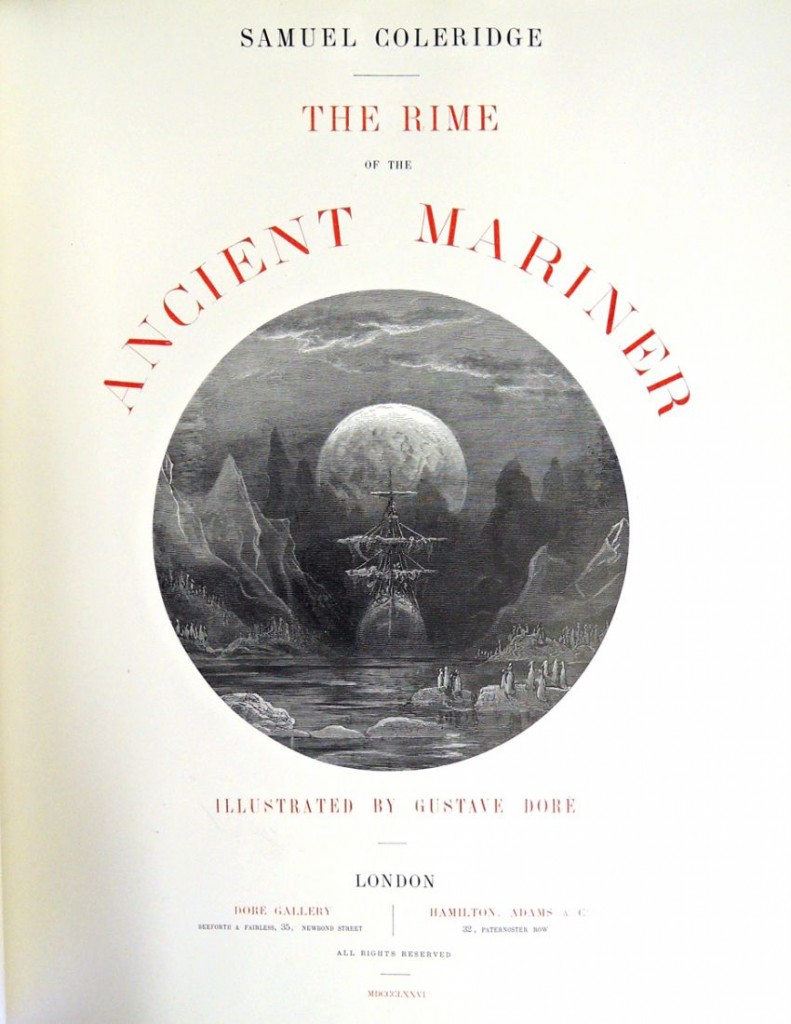
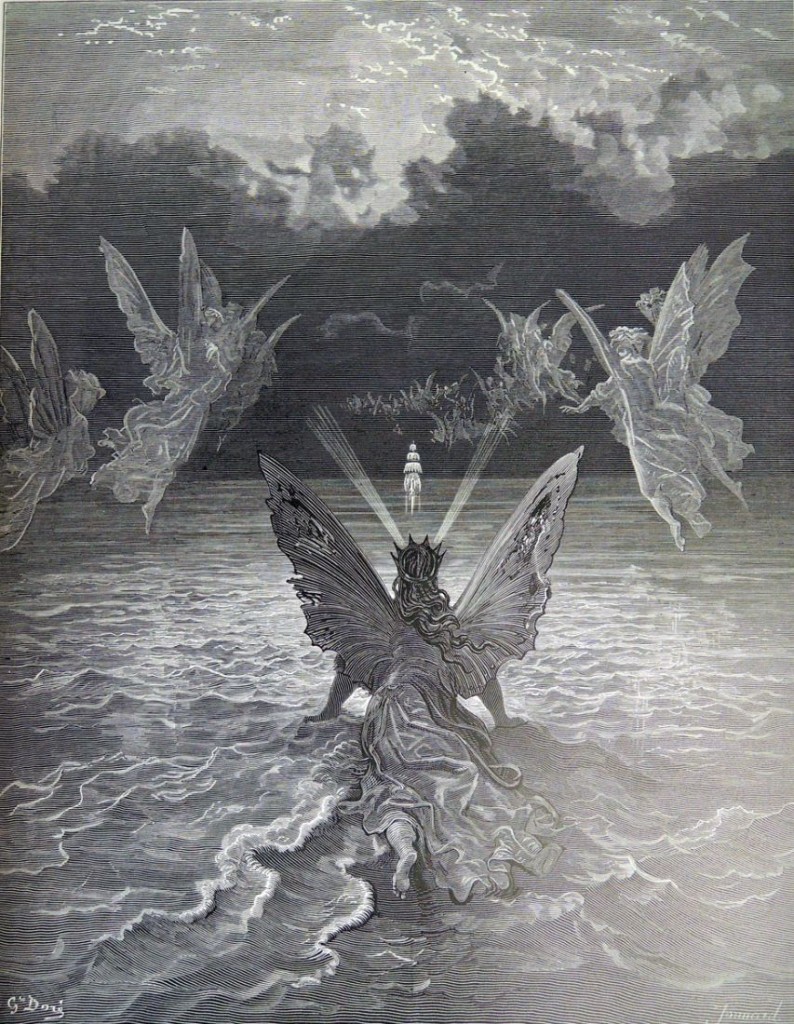
“Gustave Doré’s illustrations to Coleridge’s The Rime of the Ancient Mariner (1876) have been widely known since their initial publication in London. They appeared the following year in the United States, where they passed rapidly through nine editions and were then reprinted (and pirated) many times. During the 1880s the folio edition was published in France, Germany, Italy, and Russia. After a gap of more than half a century when Doré fell out of fashion, interest in his art once again revived in the 1960s…. Grant F. Scott, “The Many Men so Beautiful: Gustave Doré’s Illustrations to The Rime of the Ancient Mariner,” Romanticism. 16, Issue 1 (April 2010): 1-24
“The name of Gustave Doré, who died at Paris January 23, is one so familiar to everyone at all acquainted with modern book illustration, that a summary of those of his many art-works which were published in book-form is not out of place in a book-trade journal. The New York Tribune for January 24 gives, perhaps, the fullest account of his life, and from this we borrow the following: ‘Doré published his first lithographs at the age of eleven. When fifteen years old he published his first series of sketches, The Labors of Hercules, in the Journal pour Rire, to which he became a regular contributor . . . His first important work was in illustrating the legend of The Wandering Jew, in 1854, which made him famous outside of France. There followed chronologically his illustrations of Rabelais, Balzac’s Contes drolatiques, Montaigne (1857), Taine’s Voyage aux Pyrenees (1859), Dante (1861-68), Chateaubriand’s Atala (1862), Don Quixote (1863), Milton’s Paradise Lost (1865), the Bible (1865-66), Tennyson’s Idyls of the King (1866-68), La Fontaine’s Fables (1867) and Coleridge’s Ancient Mariner.”–The Publishers Weekly, January 27, 1883.
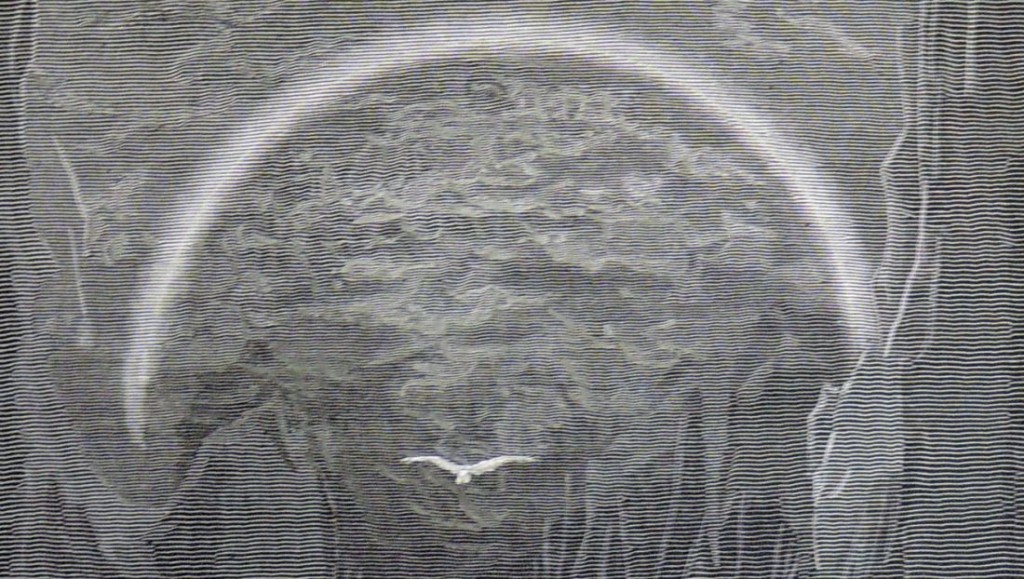
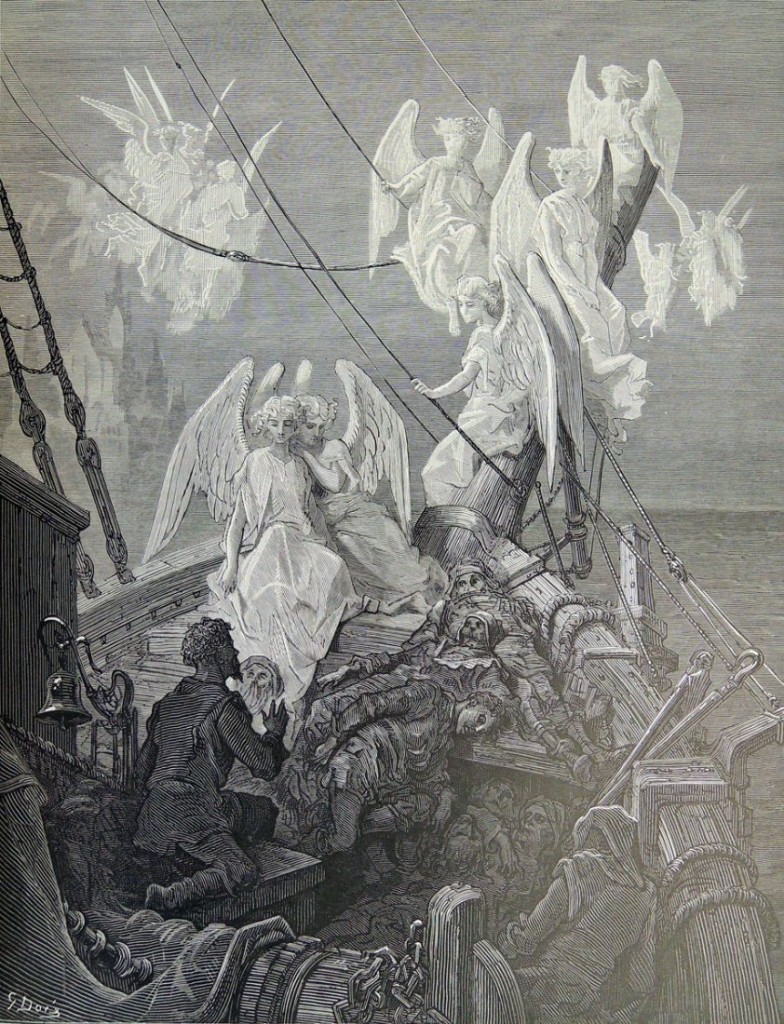
Listen to Richard Burton read from The Rime of the Ancient Mariner by Samuel Taylor Coleridge
Dickens Travels to Paris
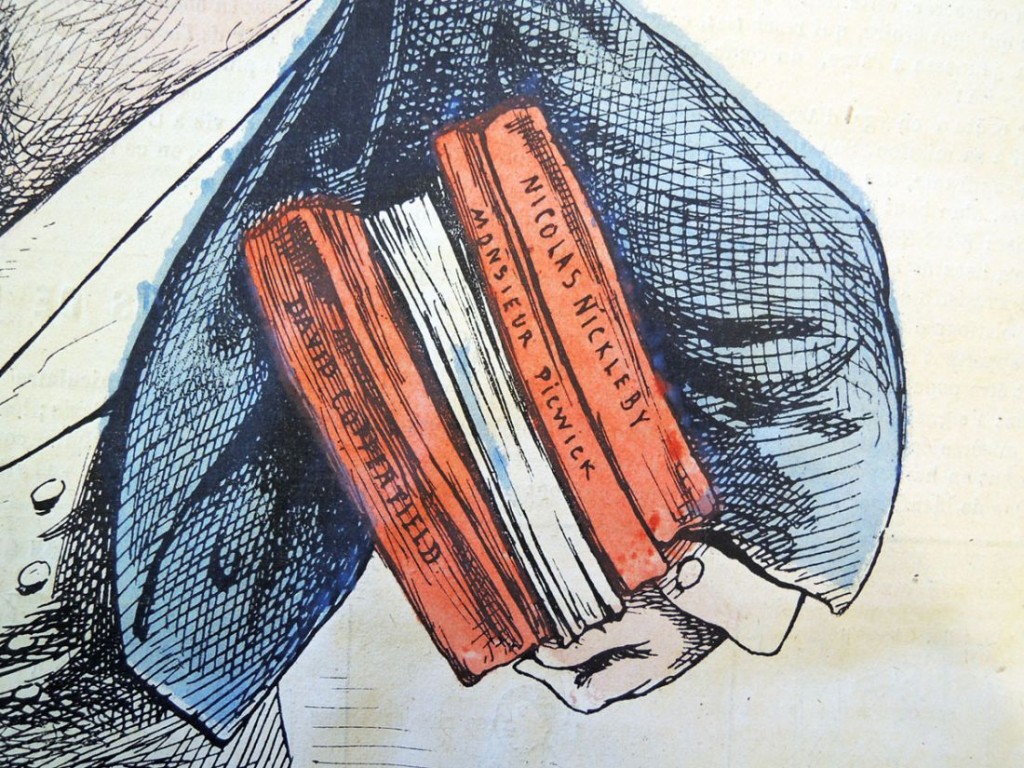 Caricaturist André Gill (born Louis-Alexandre Gosset de Guînes, 1840-1885) drew for the weekly newspaper La Lune from 1865 until 1868 when it was banned and then, for its successor L’Éclipse until 1876. Most issues featured a cover lithograph by Gill of the famous French authors, scientists, actors, and artists of the day. Giuseppe Garibaldi, Charles Dickens, and Richard Wagner were some of the few non-French celebrities honored with a portrait.
Caricaturist André Gill (born Louis-Alexandre Gosset de Guînes, 1840-1885) drew for the weekly newspaper La Lune from 1865 until 1868 when it was banned and then, for its successor L’Éclipse until 1876. Most issues featured a cover lithograph by Gill of the famous French authors, scientists, actors, and artists of the day. Giuseppe Garibaldi, Charles Dickens, and Richard Wagner were some of the few non-French celebrities honored with a portrait.
Charles Dickens (1812-1870) appeared on the cover of the June 14, 1868 issue, seen carrying his books over to France. He made a visit that month to see a Paris production of No Thoroughfare and perhaps, give a reading (noted in The Pilgrim Edition of the Letters of Charles Dickens: Volume 12: 1868-1870).
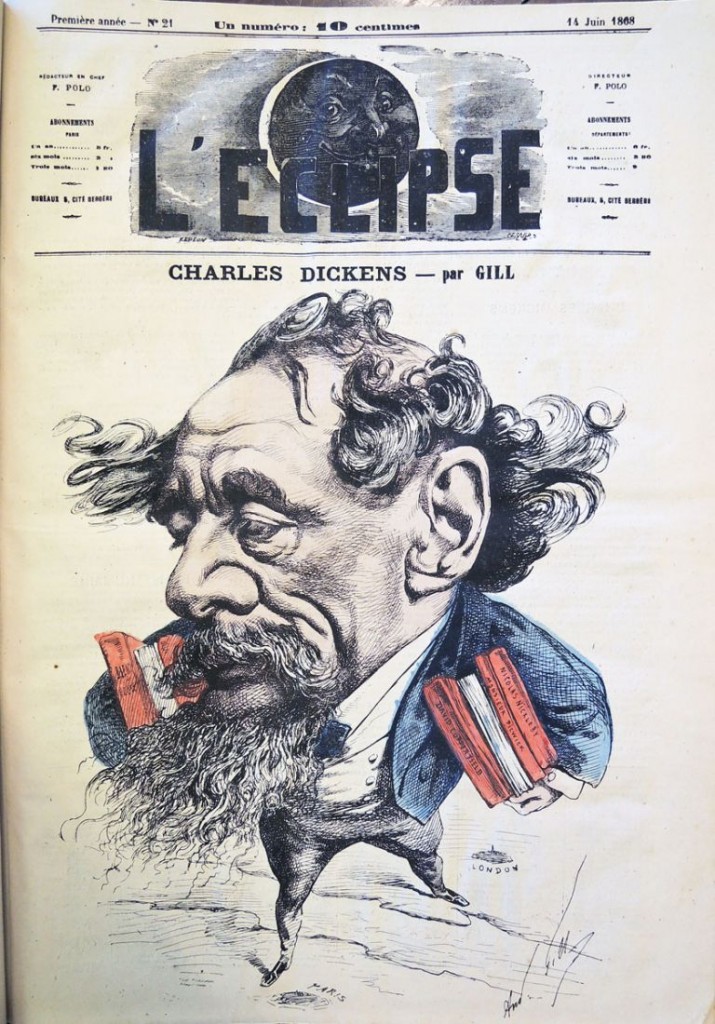
L’Eclipse. Paris: [s.n.], 1e année, no 1 (26 janv. 1868)-9e année, no 400 (25 juin 1876). Graphic Arts Collection (GAX) 2010-0021E
Some of Gill’s other portraits include Gustave Courbet (1819-1877) on July 2, 1870 and Gustave Doré (1832-1883) on May 3, 1868 (note: this is a supplement to the regular issue for that date, which featured the French critic Charles Augustin Sainte-Beuve (1804-1869) holding a large ham.).
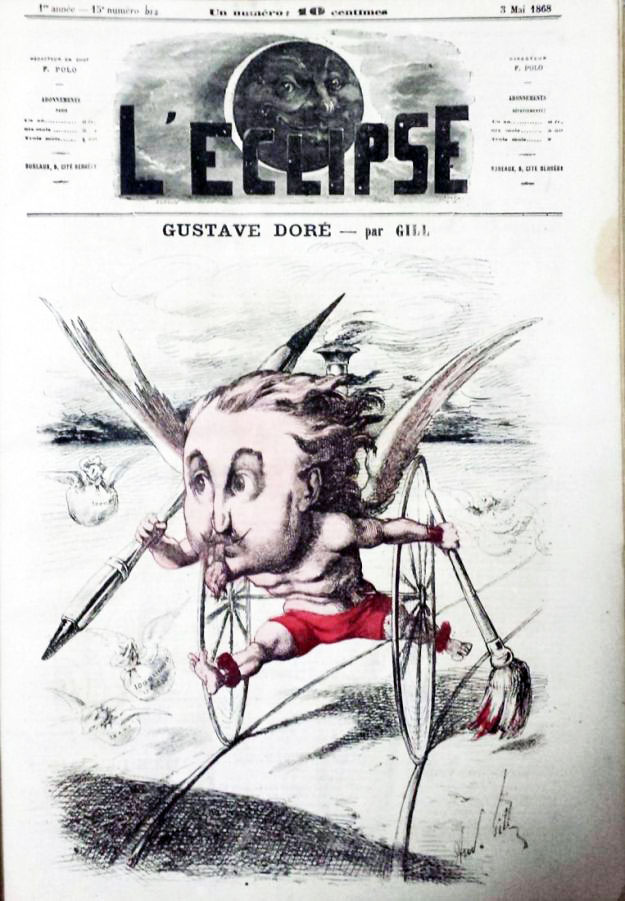
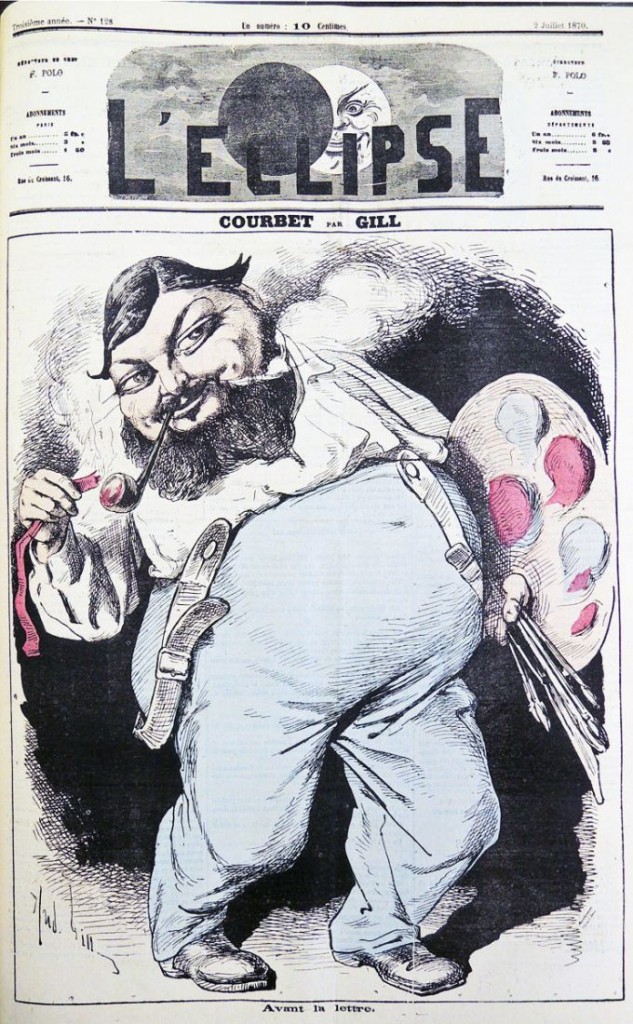
If you go to Paris today, be sure to visit the tiny street: Rue André Gill in Montmartre, see the statue at the far left. You might even stay at the Hotel André Gill located there.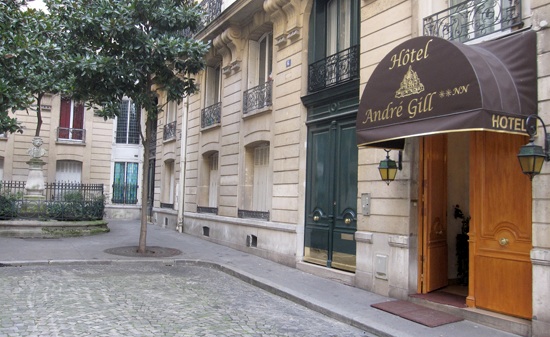
Where are the William Blakes in Lavater’s “Physiognomy”?
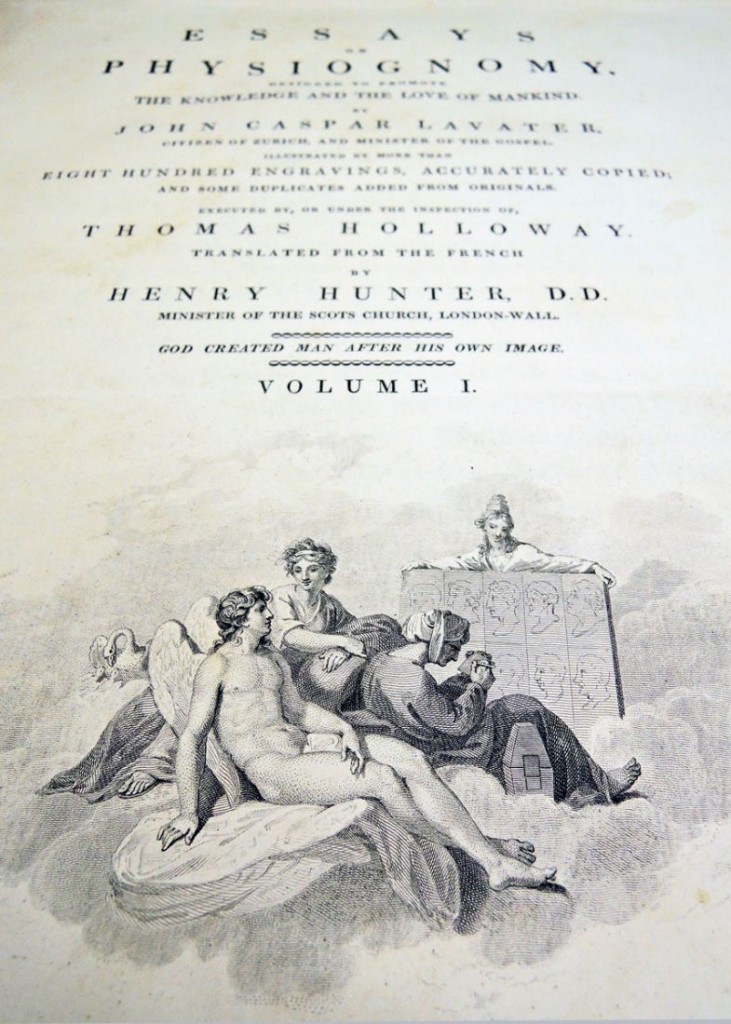 Johann Caspar Lavater (1741-1801), Essays on Physiognomy: Designed to Promote the Knowledge and the Love of Mankind [Physiognomische Fragmente zur Beförderung der Menschenkenntnis und Menschenliebe]; illustrated by more than eight hundred engravings, accurately copied; and some duplicates added from originals; executed by, or under the inspection of, Thomas Holloway (London: Printed for John Murray … H. Hunter … and T. Holloway …, 1792). Graphic Arts Collection (GAX) Oversize 2007-0002Q
Johann Caspar Lavater (1741-1801), Essays on Physiognomy: Designed to Promote the Knowledge and the Love of Mankind [Physiognomische Fragmente zur Beförderung der Menschenkenntnis und Menschenliebe]; illustrated by more than eight hundred engravings, accurately copied; and some duplicates added from originals; executed by, or under the inspection of, Thomas Holloway (London: Printed for John Murray … H. Hunter … and T. Holloway …, 1792). Graphic Arts Collection (GAX) Oversize 2007-0002Q
William Blake (1757-1827) engraved four plates for the English edition of Essays on Physiognomy by Johann Caspar Lavater as well as a portrait of Lavater commissioned by Joseph Johnson. A student recently asked which plates exactly were engraved by Blake.
The Graphic Arts Collection’s three volumes of the English edition are complete with 173 engraved plates by Blake, Bartolozzi, Thomas Holloway and others, with an additional 500 engraved illustrations and vignettes in the text. Blake is believed to be responsible for three of the engraved vignettes signed “Blake S” and “Blake Sc” in volume one, as well as a full page plate engraved by Blake after Rubens.
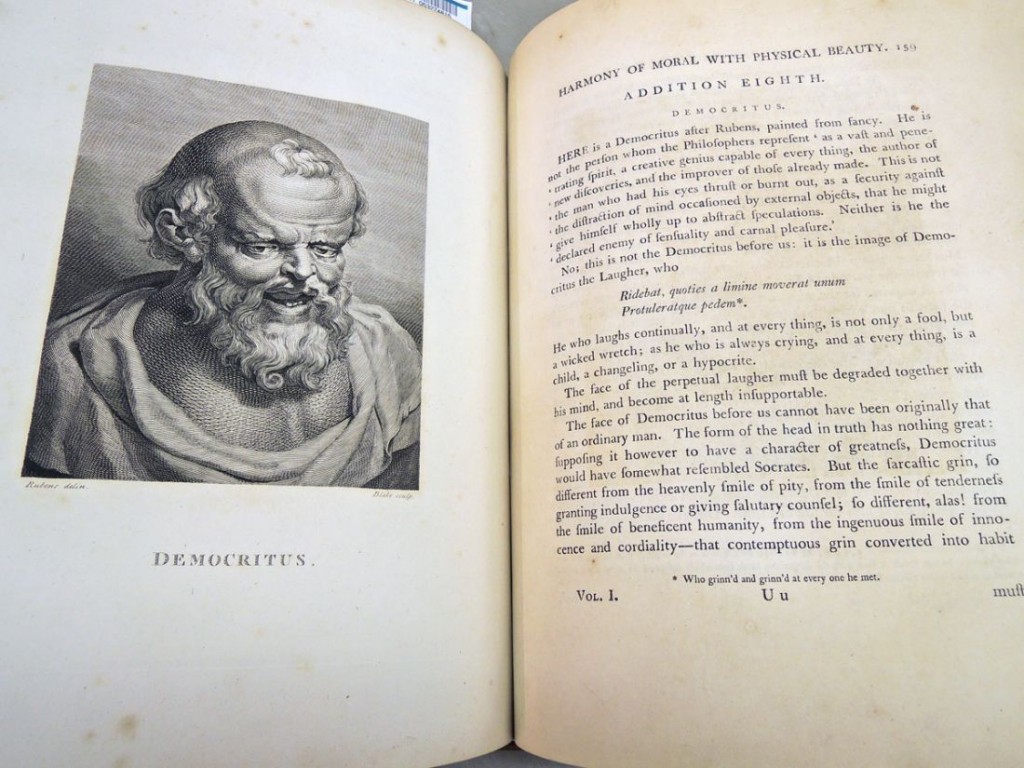
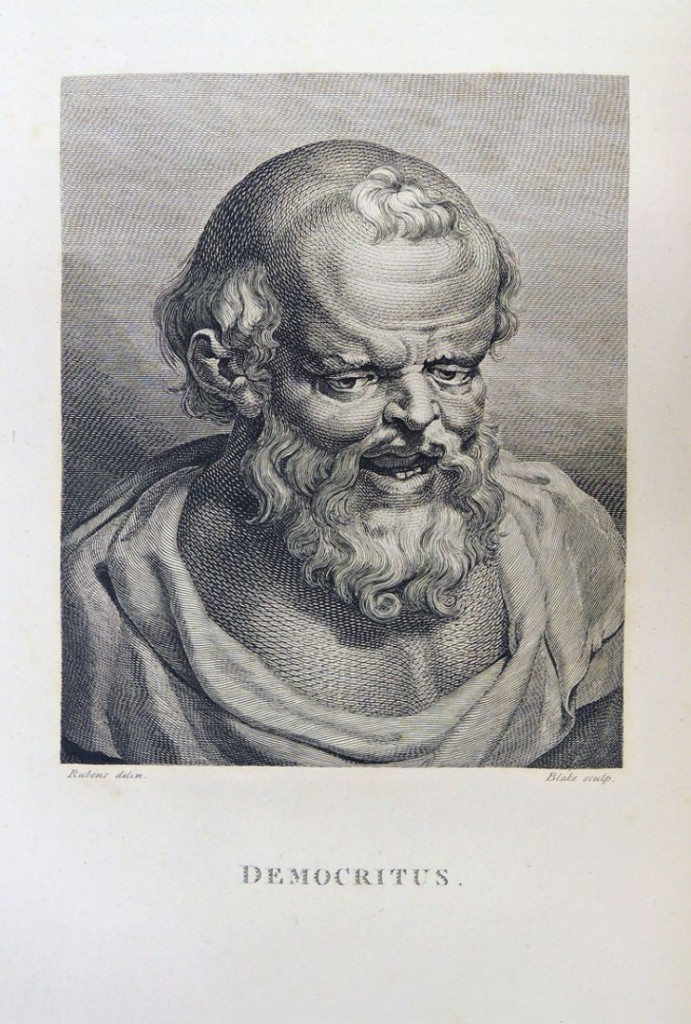 William Blake, volume 1, opposite p. 159
William Blake, volume 1, opposite p. 159
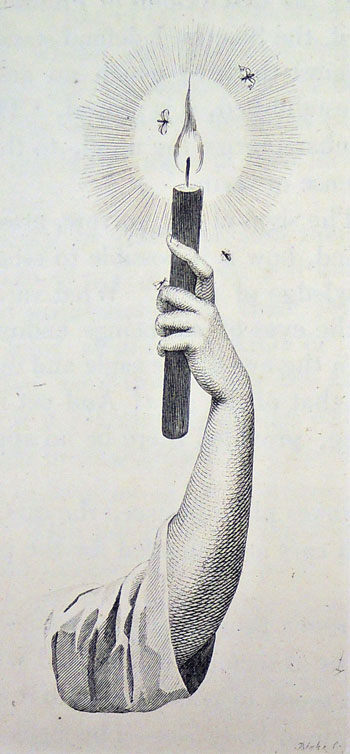 William Blake, volume 1, p. 206
William Blake, volume 1, p. 206
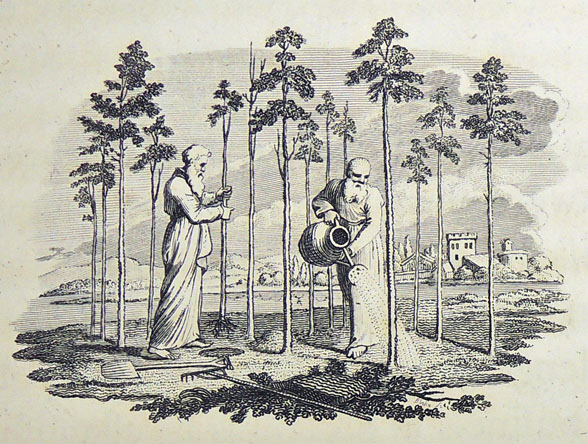 Attributed to William Blake, volume 1, p.127
Attributed to William Blake, volume 1, p.127
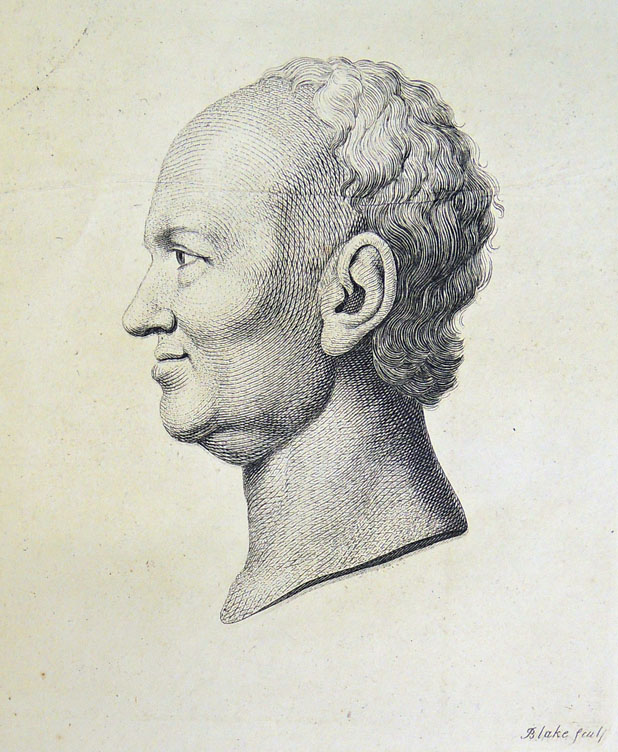 William Blake, volume 1, p. 225
William Blake, volume 1, p. 225
The full plate portrait of Democritus comes in Lavater’s chapter, “Harmony of Moral with Physical Beauty,” addition Eighth. Democritus” beginning on page 159 with the text:
“Here is a Democritus after Rubens, Painted from fancy. He is not the person whom the philosophers represent ‘as a vast and penetrating spirit, a creative genius capable of every thing, the author of new discoveries, and the improver of those already made. This is not the man who had his eyes thrust or burnt out, as a security against the distraction of mind occasioned by external objects, that he might give himself wholly up to abstract speculations. Neither is he the declared enemy of sensuality and carnal pleasure.’ No; this is not the Democritus before us: it is the image of Democritus the Laugher, who ‘Ridebat, quoties a limine moverat unum / Protuleratque pedem,’ [Who grinn’d and grinn’d at every one he met]. He who laughs continually, and at every thing, is not only a fool, but a wicked wretch; as he who is always crying, and at every thing, is a child, a changeling, or a hypocrite.”
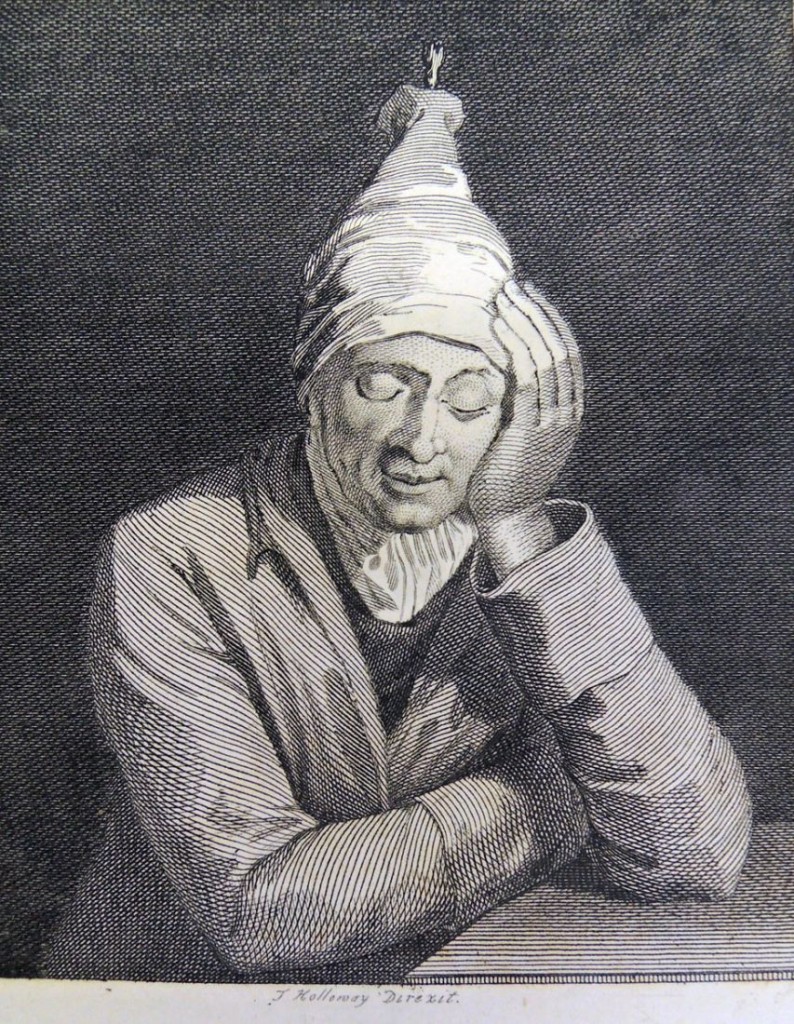 The majority of the plates were engraved by Thomas Holloway (1748-1827)
The majority of the plates were engraved by Thomas Holloway (1748-1827)
The First Picture of a Printing Press
In preparing for the Spring 2016 class “Waking the Dead,” ATL 497 at the Princeton Atelier [http://arts.princeton.edu/academics/atelier/], we pulled a number of books and prints. The class is being taught by graphic novelist Kevin C. Pyle and Jennine Willett, co-artistic director of Third Rail Projects, a dance theater company known for immersive works. Pyle and Willett are collaborating with students across multiple disciplines to integrate movement, images, and text into a new story-telling format.
Eric White, our curator of rare books, kindly gave me a preview of La grāt danse macabre des hōmes (Lyon, 1499) in the Scheide Library, which not only has spectacular representations of death but also the first illustration of a printing office and a working printing press. We have one of the only two copies known to have survived (the other is in the British Library).
Published by Mathias Huss, the page above shows death at a book shop, interrupting a compositor, and calling a halt to the printing of a book. Here are a few close ups (the color of the paper is not well represented in these photographs).
La grāt danse macabre des hōmes, des fēmes hystoriee, augmentee de beaulx dis en latin. Le debat du corps et de lame. La cōplainte de lame dampnee. Exortation de bien viure, bien mourir. La vie du mauuais antecrist. Les quinze signes. Le iugement. [With woodcuts.] G.L. ([Mathias Huss:] Lyon, le .xviii. iour de feurier, 1499). Scheide Library, Princeton University.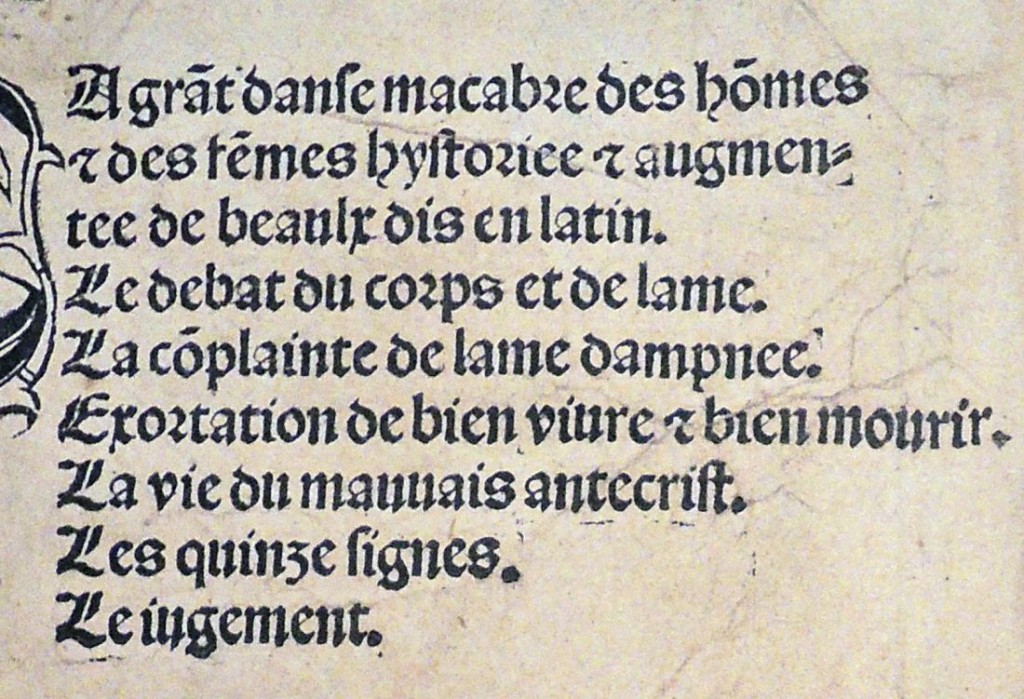
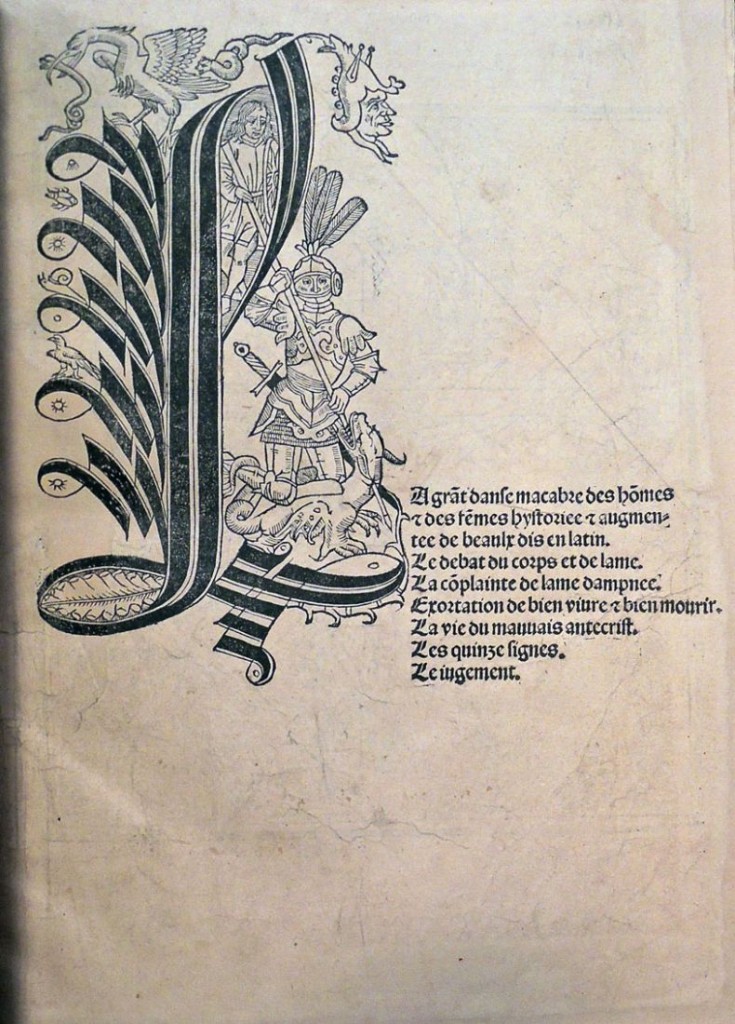
A Tragic Almanac
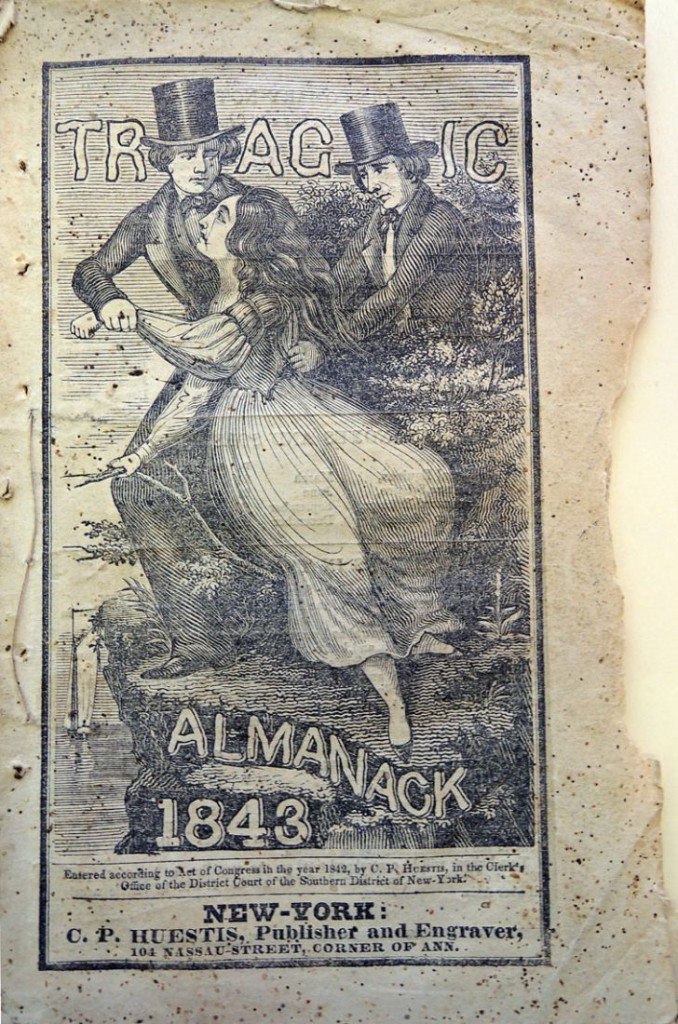 In the 1840s, a unique genre originated in lower Manhattan known as the tragic almanac. Meant as a complement to the popular comic almanacs, the tragic annuals offered stories of murders, shipwrecks, disasters, fires, and various other events of death and destruction. Surprisingly, they did not sell well and were soon discontinued.
In the 1840s, a unique genre originated in lower Manhattan known as the tragic almanac. Meant as a complement to the popular comic almanacs, the tragic annuals offered stories of murders, shipwrecks, disasters, fires, and various other events of death and destruction. Surprisingly, they did not sell well and were soon discontinued.
It was Robert Henry Elton (1806-1850?) who may have been the first engraver and publisher of a comic almanac in New York City. The Graphic Arts Collection holds Elton’s Comic All-My-Nack, 1838 ([New York]: Elton & Harrison 134 Division 68 Chatham Sts. New York., [c1837?]). Graphic Arts Off-Site Storage RCPXG-6866954.
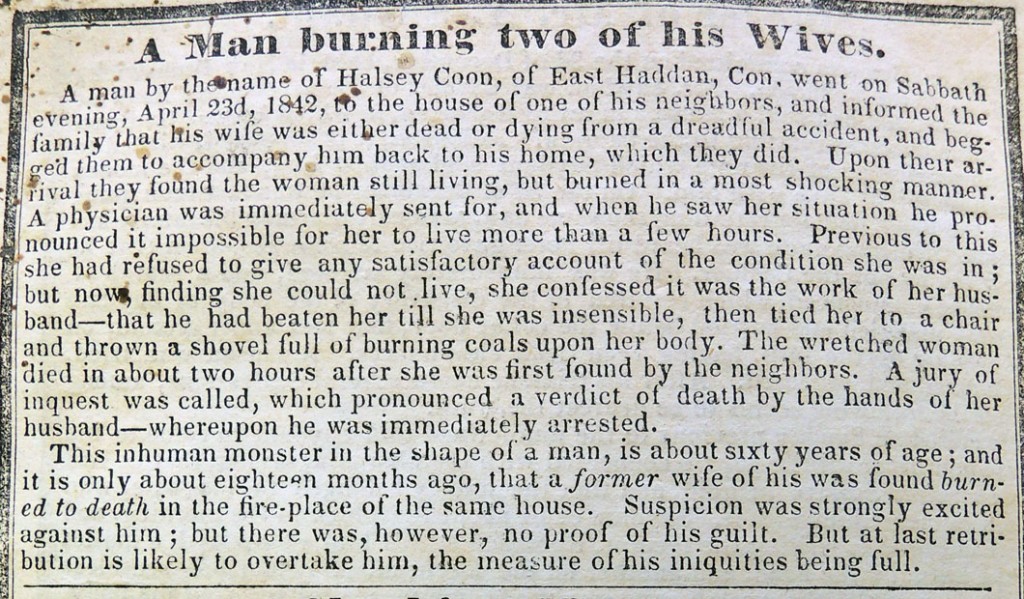
Elton eventually moved to 90 Nassau in late 1830s, continuing to produce a variety of almanacs and in the early 1840s, his competitor, engraver Charles P. Huestis, opened a shop at 104 Nassau just across of Ann Street from Elton’s firm. Huestis also published comic publications but had the idea to fill the public’s interest in the opposite side of the market.
In 1842, Huestis published The Tragic Almanac from the offices of the New York Sun at the corner of Nassau and Fulton, later publishing from his own shop a few doors away. The issues include a number of lurid wood engravings depicting scenes of horrible murders. Graphic Arts Collection holds an issue for 1843 (Hamilton SS 557). It is unclear whether this lasted more than two issues.
Thanks to Richard West’s biography of Thomas W. Strong (1817-1892) we know that Strong worked for Elton as a teenager (Ephemera News, summer 2009) through 1840, when Elton merged his firm with John McLoughlin to form Elton and Company.
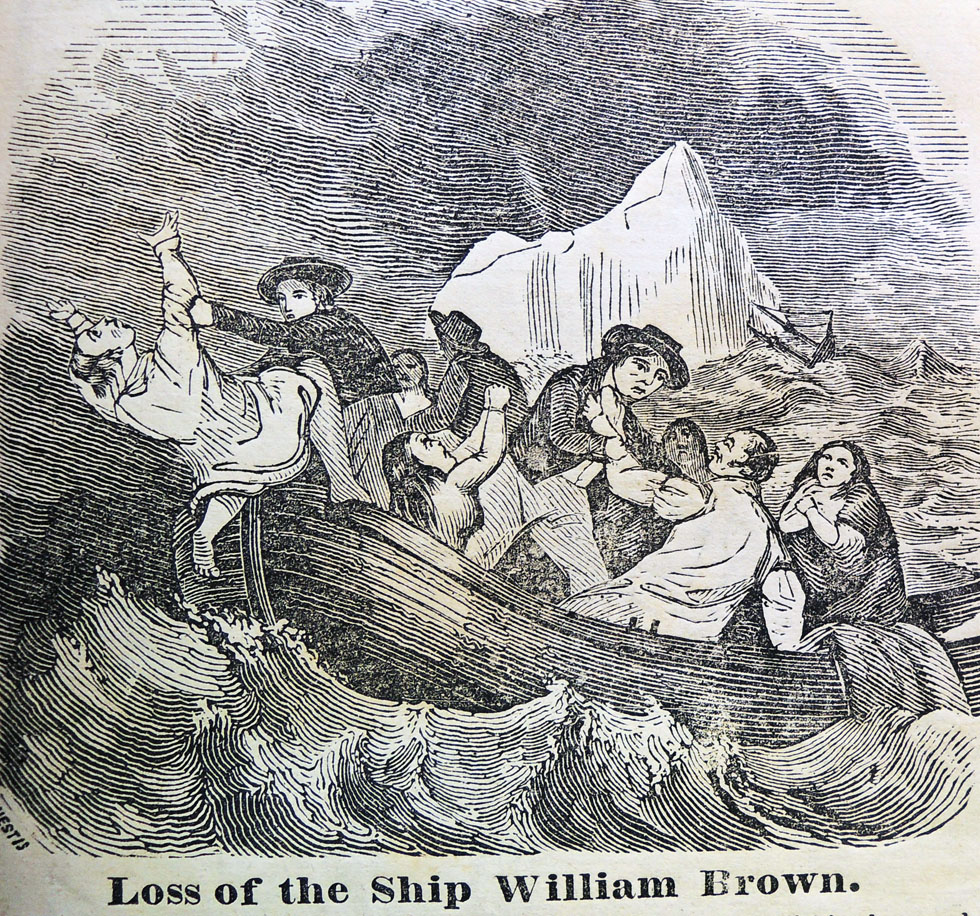
When Strong left Elton to established his own shop at 98 Nassau Street, he decided to publish a tragic almanac, continuing the series begun the year before by Huestis. Strong’s annuals lasted until 1850. Unfortunately, Princeton doesn’t yet hold any of Strong’s rare tragic almanacs.
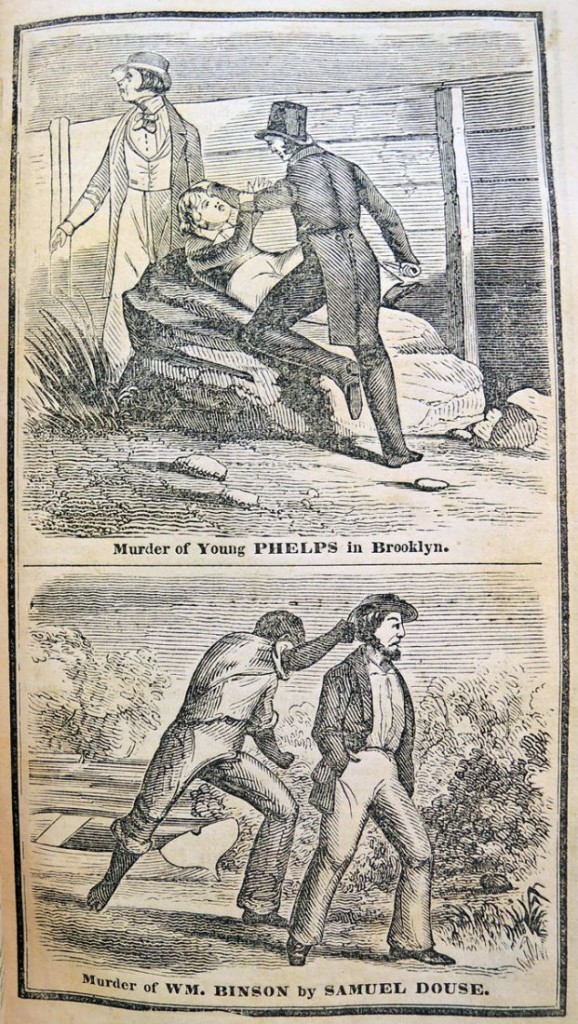 The Graphic Arts Collection does hold many comic editions, including Boy’s Own Book of Fun / with two hundred engravings by Old Comic Elton (New York : T. W. Strong, 1847). Graphic Arts Collection (GAX) Hamilton 1005s; The Crystal Palace Comic Almanac, 1854 (New York : T.W. Strong, [1853?]). Graphic Arts Collection (GAX) Hamilton 1835; and Young America’s Comic Almanac for … (New York : T.W. Strong, 1855). Graphic Arts Collection (GAX) Oversize Hamilton 1842q.
The Graphic Arts Collection does hold many comic editions, including Boy’s Own Book of Fun / with two hundred engravings by Old Comic Elton (New York : T. W. Strong, 1847). Graphic Arts Collection (GAX) Hamilton 1005s; The Crystal Palace Comic Almanac, 1854 (New York : T.W. Strong, [1853?]). Graphic Arts Collection (GAX) Hamilton 1835; and Young America’s Comic Almanac for … (New York : T.W. Strong, 1855). Graphic Arts Collection (GAX) Oversize Hamilton 1842q.
Illustrated with 72 original watercolors by Blanche Odin
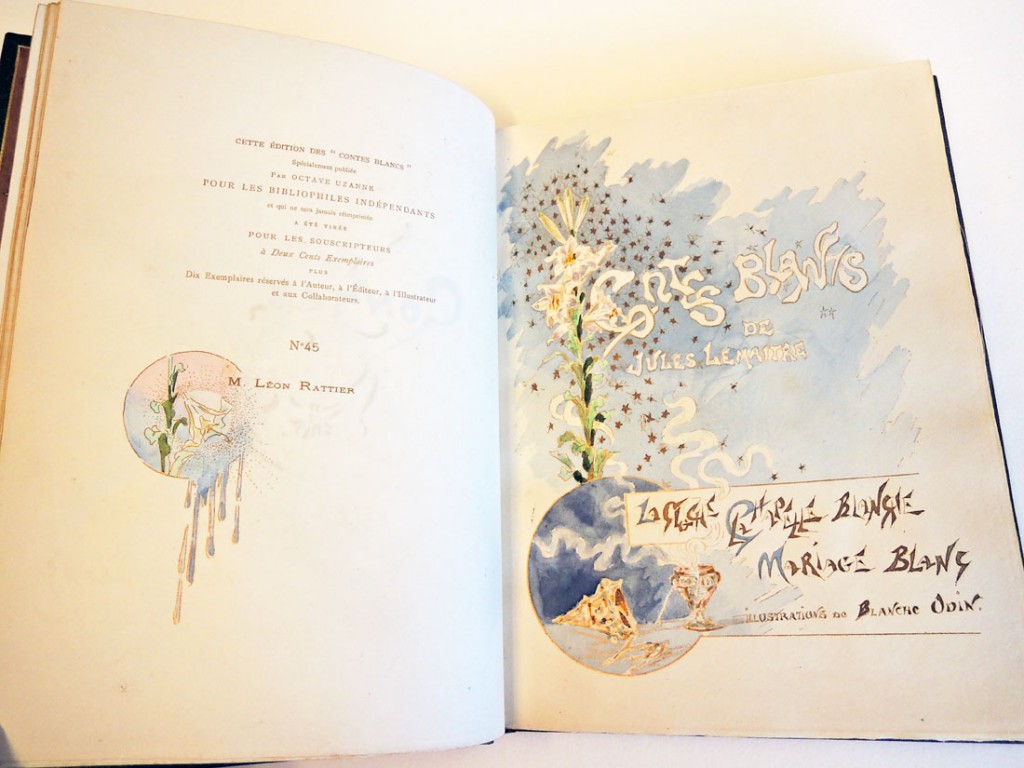
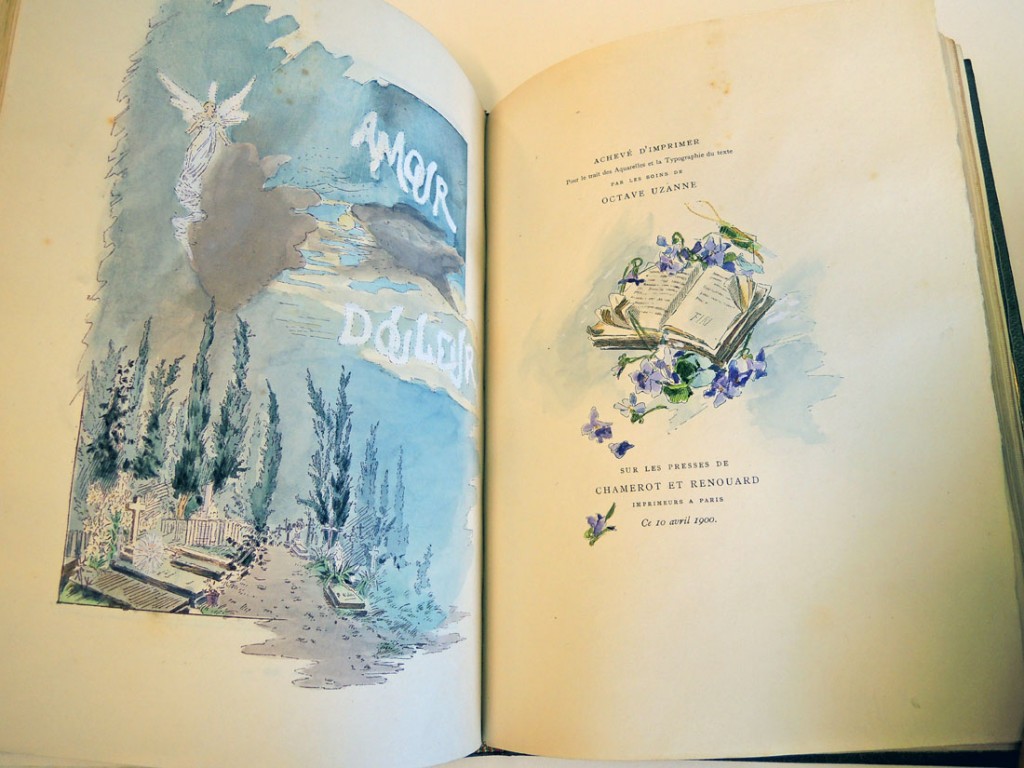
Jules Lemaître (1853-1914), Contes blancs, illus. à l’aquarelle de Mlle. Blanche Odin (Paris: A. Durel, 1900). With an extra suite of uncolored illustrations. Copy no. 45 of 210 copies, for Leon Rattier, with his name printed below the limitation statement and his leather bookplate. Graphic Arts collection GAX in process
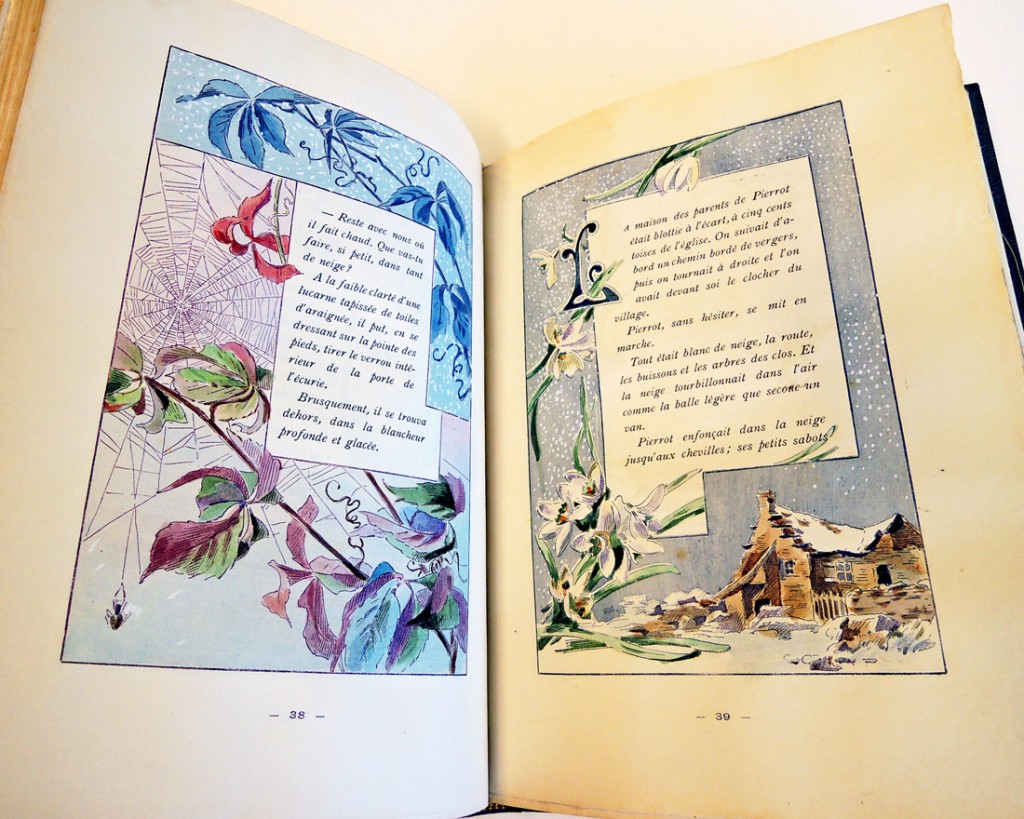
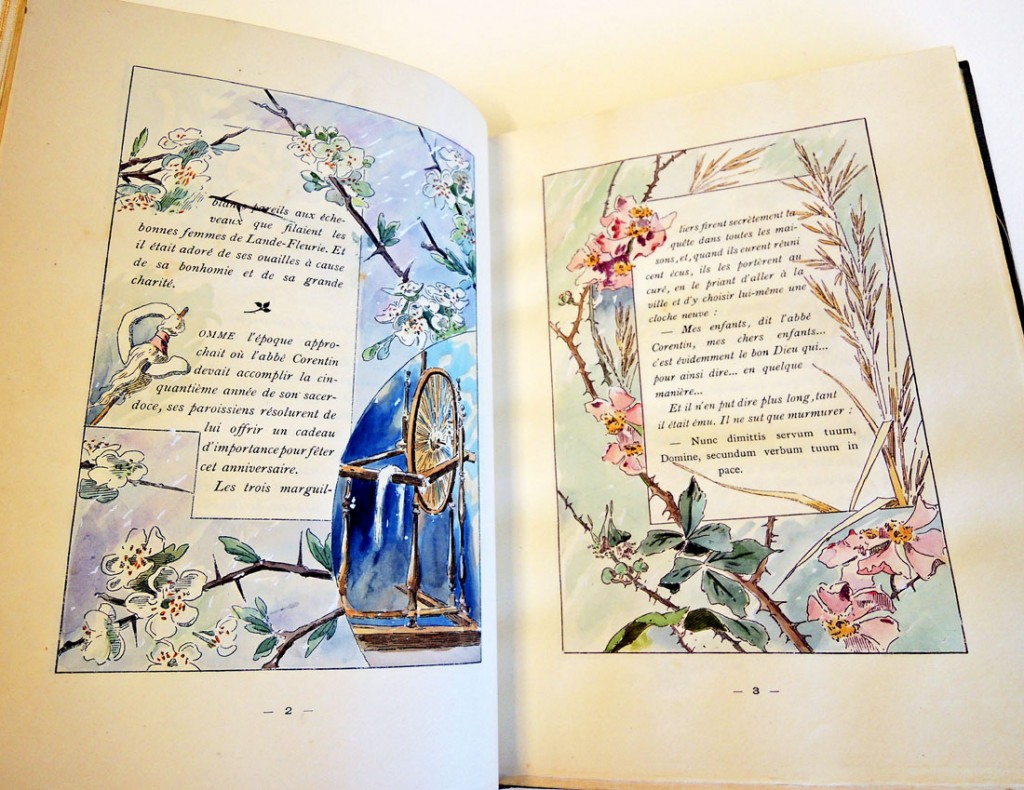
Lemaître’s short stories are illustrated with 72 original watercolors by Blanche Odin (1865-1957). In his prospectus for the book, Octave Uzanne writes:
“Ces Contes Blancs de Jules Lemaître au nombre de trois sont intitulés : La Cloche, la Chapelle blanche et Mariage blanc. Ce sont trois exquises et tendres petites nouvelles qui valent par leur grâce ingénue, par la douce pitié qui s’en dégage et par la saveur de style délicieusement simplifié qu’y employa le maître écrivain. Pour illustrer ces trois contes pleins de candeur, il fallait un talent naturel, instinctif éclos dans le recueillement, mûri par l’observation directe, un talent délicat et fleuri de jeune femme n’exprimant rien du chiqué des écoles, mais tirant tout son charme de l’étude consciencieuse de la nature. – Mlle Blanche Odin, une jeune artiste qui développa ses qualités innées de dessin dans les solitudes de la campagne, semblait désignée mieux que personne pour décorer page à page ces jolis contes de Jules Lemaître, pour interpréter et même paraphraser ces textes d’essentielle poésie.”
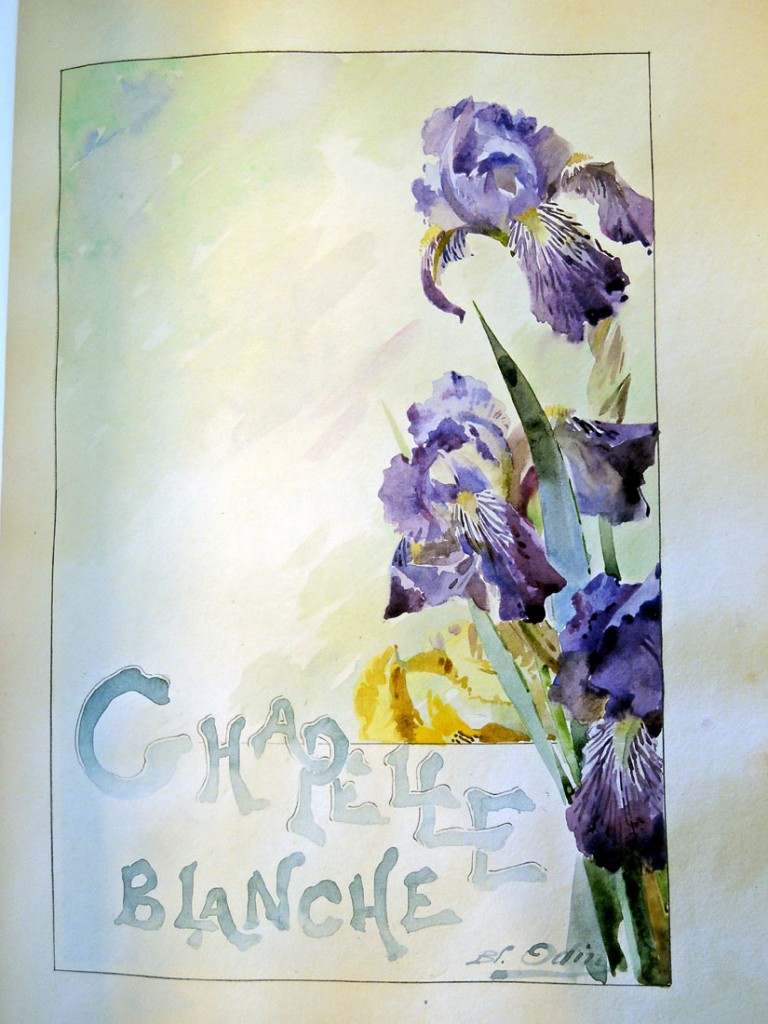
[Jules Lemaitre’s Whites Tales are three in number, entitled: The Bell, the White Chapel and White Wedding. These are three exquisite and tender short stories that speak with ingenuous grace, through gentle pity that emerges with the master writer’s delightfully simplified style. To illustrate these three tales full of candor, he had a natural talent, instinctive hatched in recollection, matured by direct observation, a delicate flowery talented young woman expressing no false academics but drawing its charm from the conscientious study of nature. — Miss Blanche Odin, a young artist who developed here innate qualities of drawing in the solitude of the countryside, seemed better than anyone designated to decorate page to page these pretty tales of Jules Lemaitre, to interpret and even paraphrase these essential poetic texts.]
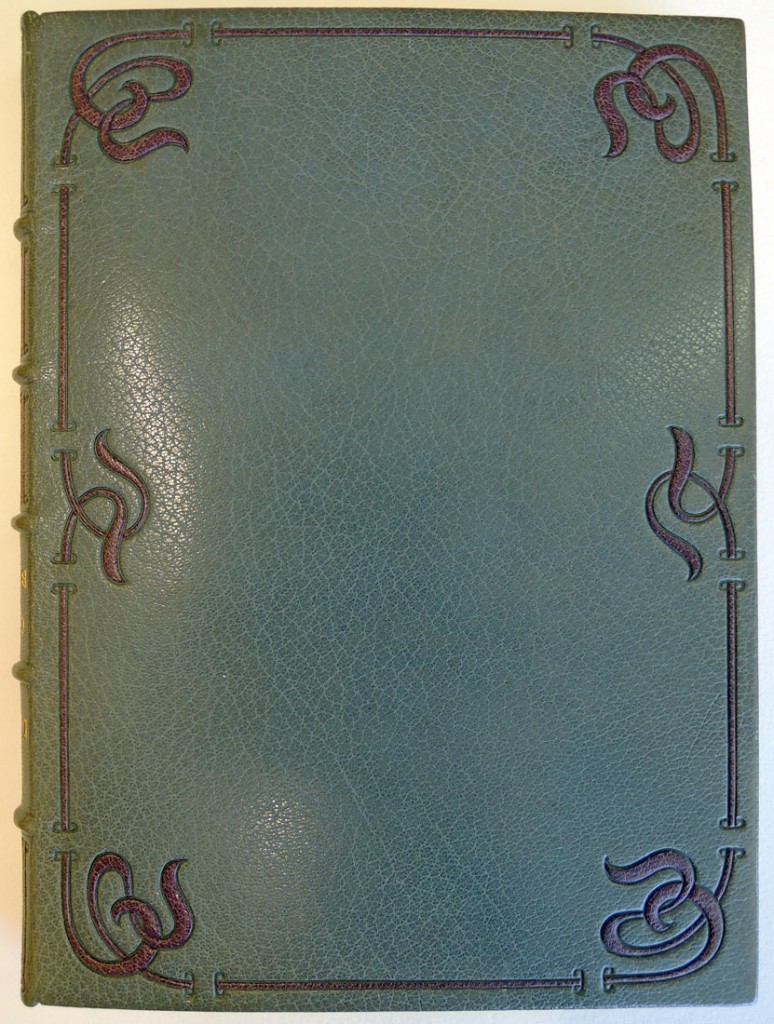 The volume is bound in a contemporary binding by Marius Michel (1821-1890), signed in gilt on front doublure, of gray goatskin, the covers with a border of onlaid strips of purple goatskin. The spine divided into six panels, lettered in gilt in the second and third, the others with onlaid strips of purple goatskin, light brown goatskin doublures tooled with a repeated impression of a gilt flower with gray goatskin onlaid petals, textured light blue silk endleaves, marbled paper flyleaves, original covers bound in.
The volume is bound in a contemporary binding by Marius Michel (1821-1890), signed in gilt on front doublure, of gray goatskin, the covers with a border of onlaid strips of purple goatskin. The spine divided into six panels, lettered in gilt in the second and third, the others with onlaid strips of purple goatskin, light brown goatskin doublures tooled with a repeated impression of a gilt flower with gray goatskin onlaid petals, textured light blue silk endleaves, marbled paper flyleaves, original covers bound in.
Boubouroche Madelon Margot
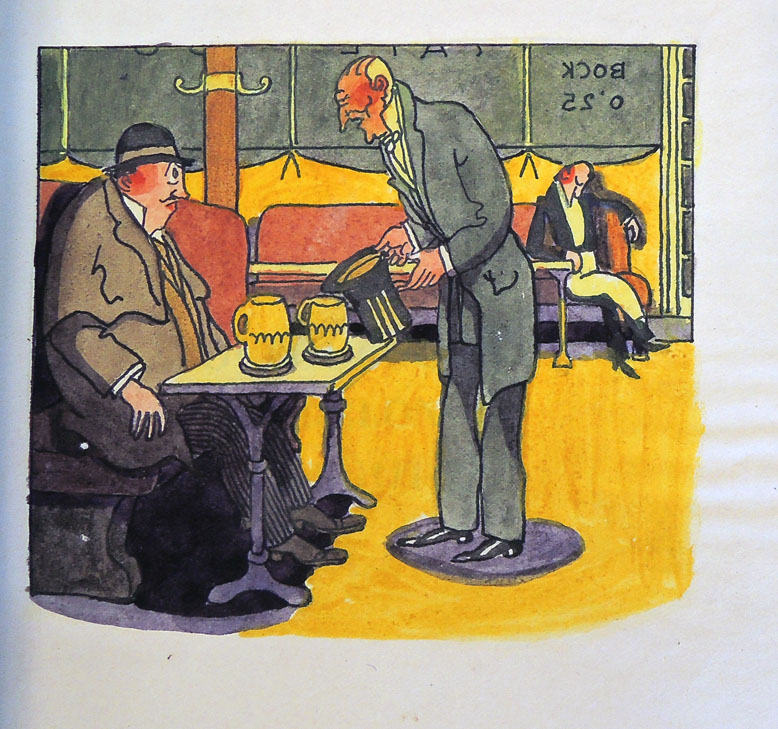 Georges Courteline (pseudonym for Georges Moinaux), Boubouroche Madelon Margot. Pochoir and hand colored illustrations by Joseph Hémard (Paris: Georges Briffaut, [1927]). Copy no. 10 of 50. Graphic Arts Collection GAX in process
Georges Courteline (pseudonym for Georges Moinaux), Boubouroche Madelon Margot. Pochoir and hand colored illustrations by Joseph Hémard (Paris: Georges Briffaut, [1927]). Copy no. 10 of 50. Graphic Arts Collection GAX in process
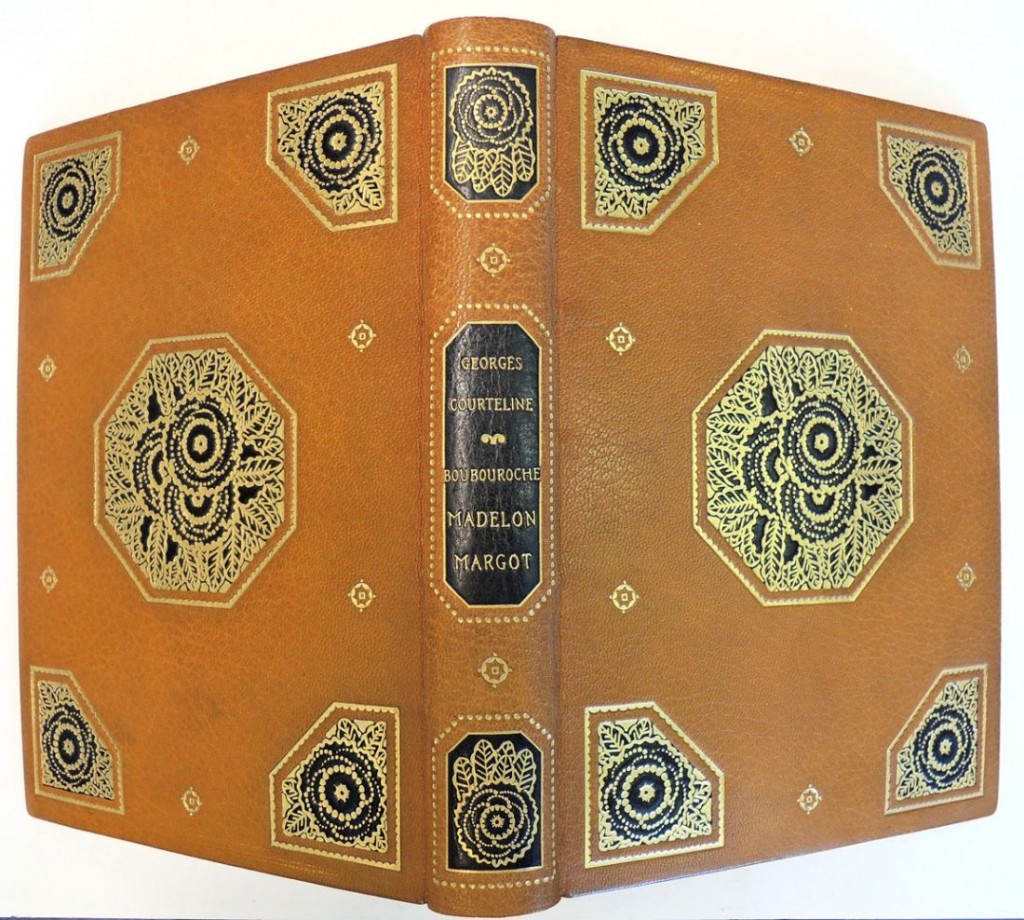
During the 1920s, the French artist Joseph Hémard (1880-1961) was in demand for his humorous book and magazine illustrations with bright pochoir color. He became so well-known that he published an autobiography in 1928, including a self-portrait as a frontispiece [see below. Joseph Hémard (1880-1961), Joseph Hémard (Paris: H. Babou, 1928). Graphic Arts Collection (GAX) NC248 .H44]
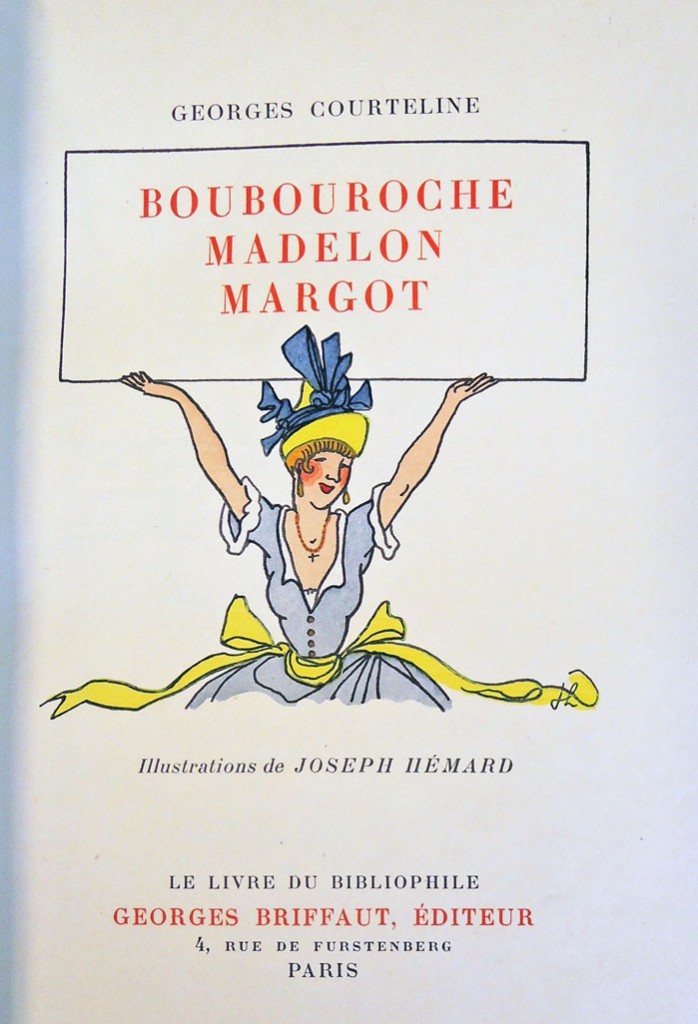
In addition to Hémard’s plates, the Graphic Arts Collection’s new copy of Boubouroche Madelon Margot has a contemporary binding by René Kieffer (1875-1963). It is signed in gilt on the front turn-in and with his label in tan goatskin.
The covers have a black goatskin onlay in each corner and a larger octagonal onlay in the center blocked in gilt to a floral design and outlined in gilt with six gilt roundels around the sides.
A smooth spine is lettered in gilt on a black label at the center and a black onlay blocked in gilt at the head and foot and two gilt roundels. The turn-ins and matching inside joints are tooled with two gilt fillets and a quatrelobe, silver and black woven textile doublures and endleaves.
